Do you ever stare at an advertisement and think, “I wonder what adventure led to that photo?” On the surface, it’s a girl standing atop a mountain, but how did she reach the summit, and what else did she see along the way? I used to stare at images and contemplate these questions all the time, but then I joined the industry and began to see how things really worked behind the scenes. Some companies staged shoots with models, lighting, and large teams of people, others simply photoshopped their products into a stock photo, but a few were different. They took their employees and products out on real adventures and left their final shots open to the mercy of Mother Nature and Murphy’s Law. Weather, road conditions, and a slew of other factors could come into play, possibly making or breaking the entire shoot. It’s a risky proposition, but one that American Expedition Vehicles has been willing to take time and again. I was lucky enough to snag an invite on one of their latest shoots guided by Jake Quiñones of New Mexico Backroads, and decided it would be the perfect opportunity to give our readers a peek at the adventure behind the shot.

Bacon and Baca
Our rally point was Glenwood, a small town known for its ties to mining operations if it’s known at all. As of 2010, the census reported the population at just 143 people, but after recent flooding destroyed local homes and businesses I’d reckon that number is now even lower. It’s the sort of place where something as simple as a new truck or unfamiliar face can draw attention, and an entire fleet of AEV Jeeps and RAMs would…well, you can imagine. Jake decided it was best to arrive under the radar, and thus selected a secluded lodge on the outskirts of town.
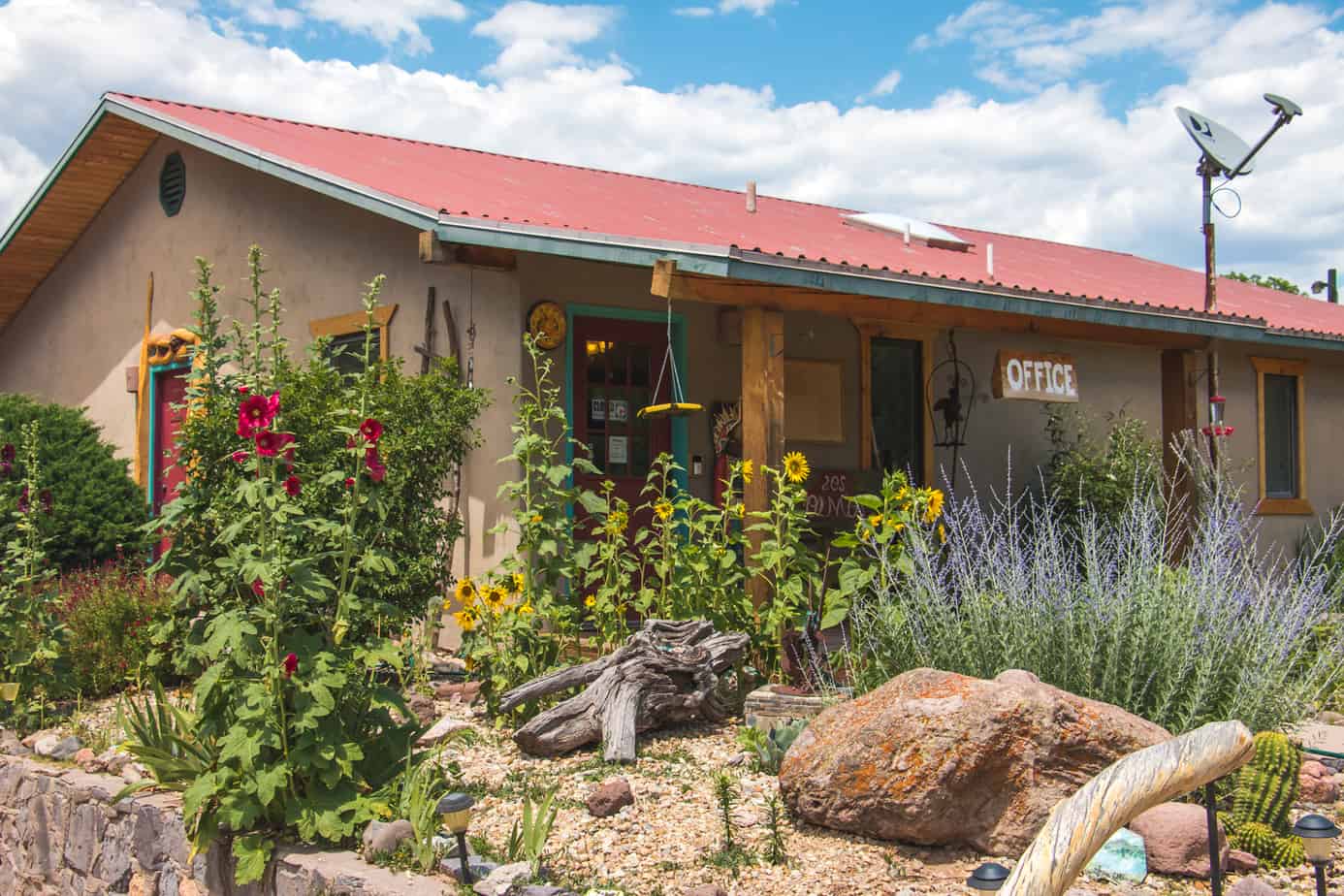
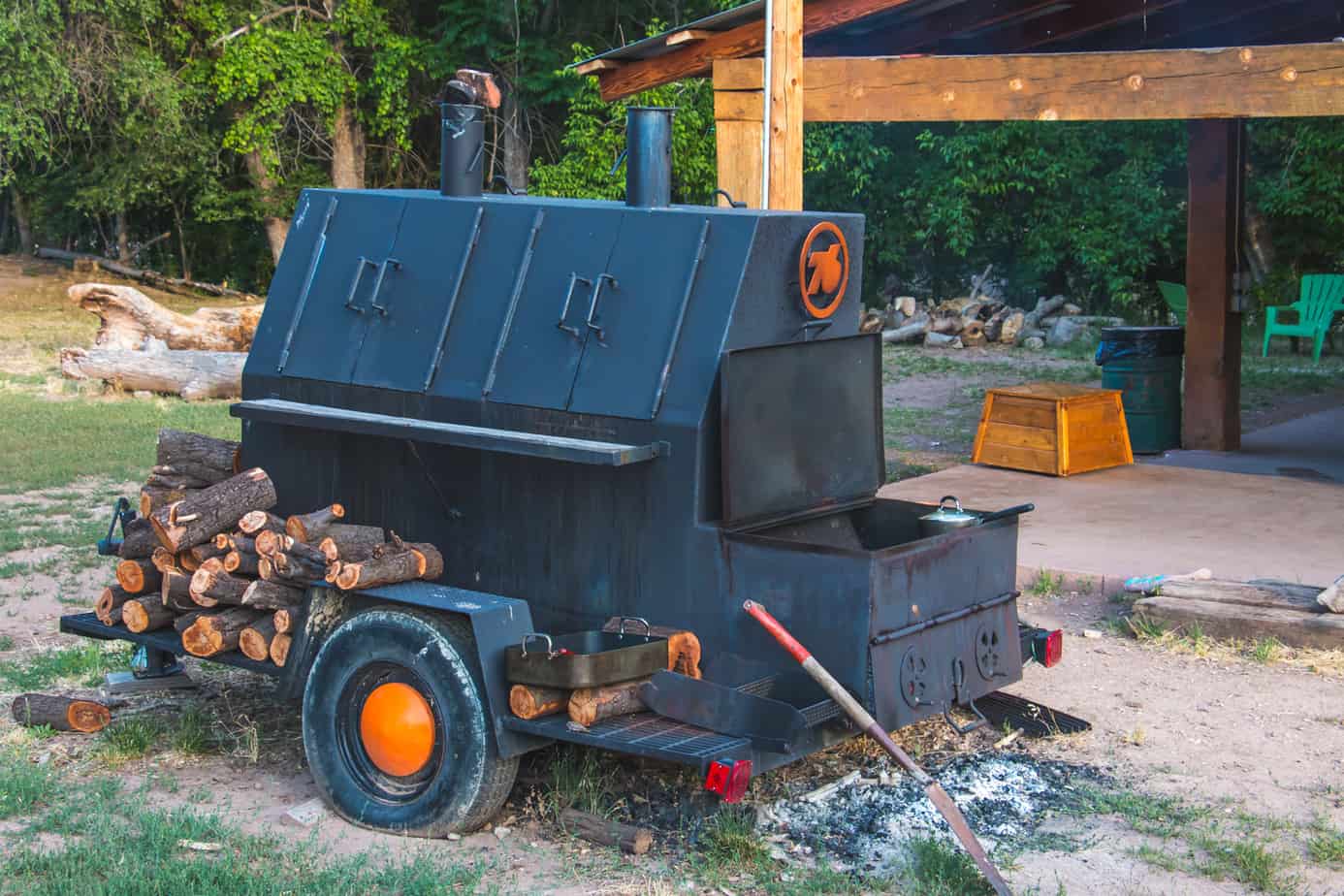

The evening was filled with preparation, from distributing gear and washing the trucks to discussing our first problem of the trip: a TFR. A TFR, or temporary flight restriction, bans air travel over a quadrant of airspace during special circumstances. In this case, a wildfire. Apparently, the flames had pushed into our planned shooting zones, and as a result, we wouldn’t be allowed to operate our drone during any portion of the trip. Murphy’s law strikes again. This change kept the team deep in conversation until dusk when the smell of grilled meat filled the air, pulling us mindlessly toward the dining area. We sat down and rather unceremoniously began devouring our meals. For a few minutes, the huge portions were the sole focus of our worlds, but the stupor was suddenly shattered by a shotgun blast resonating from the front of the hotel. Our table froze in unison and stared toward the source of the noise. There was a momentary silence, but then a snorting javelina rocketed past at a speed I would not have thought possible. It cleared the drive, passed the cabins, and scurried halfway up the hillside before you could have said the word bacon, the gun-wielding hotel owner close behind. I slowly looked down at the meat on my plate, a strange thought about its origin crossing my mind. Nah, couldn’t be. I cut off another massive chunk and went back to eating. Welcome to New Mexico.

By the time the sun crested over the mountain peaks the next morning, our small crew was loaded up and rolling toward Reserve. This town was the only fuel stop of the trip, and our last chance to grab food and ice before entering the Gila. While the team filled the vehicles and stocked up on supplies, I strolled down the sleepy streets, taking in the sno-cone sign and cheery colors of the marketplace. It was hard to imagine much of anything happening there, especially a gunfight, but in 1884 Elfego Baca turned those streets into a small war zone.
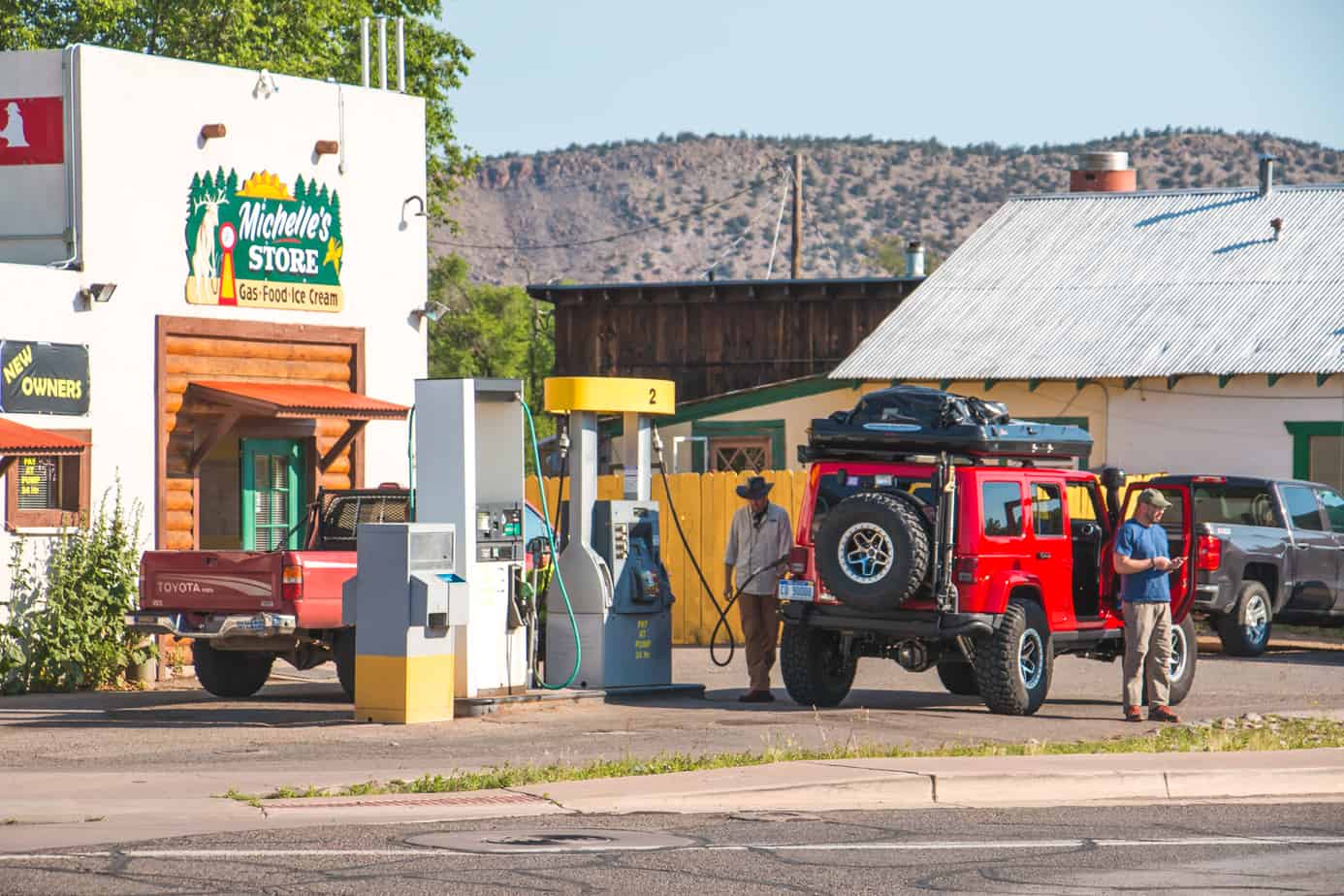

The story goes that a young Baca arrested a rather drunk Texan for shooting his gun at walls, ceilings, and Elfego’s hat. Unfortunately, after the arrest a band of 80 men came to demand his release, at which point Baca refused, ducking inside a nearby jacal and locking the door. The stage was set, and the firefight began. The exact number of rounds exchanged varies between sources, but most people agree that the cowboys and their reinforcements let fly nearly 4,000 bullets into the building, 400 into the door alone. Each time they began to think Baca was dead, he’d shoot an approaching enemy and duck back into cover, starting the firefight anew. After 36 hours of relentless siege, during which time the cowboys threw dynamite at the house, and Baca had the nerve to calmly cook breakfast, the sheriff arrived and disarmed the mob of gunmen. To the shock of everyone, and disappointment of some, Elfego stepped from the rubble unharmed. If AEV had wanted to pick a place to represent the grit of their vehicles, they nailed it.
Fire on the Mountain
After leaving Reserve and following the long winding roads into the mountains, our group pulled over to air down and discuss a plan. Smoke still hung in the air from the nearby fire, and the TFR was active so there’d be no UAS work today. That meant no shots from above the vehicles, right? Wrong.

If you’ve ever thought that off-road driving was slow, try doing it while waiting for a film crew to hike a mountain at every turn. Better yet, try being the film crew doing the hiking. It took all of 5 minutes for me to realize I’d become far too soft on the flat Texas terrain, and New Mexico was punishing me for my lazy ways. My calves burned with each ascent and subsequent descent, struggling to propel my body over rocks and logs. By the time we reached the lookout and called for lunch, I was more than ready for a break.




Kyle Leeds, on the other hand, had been sitting in the truck all morning and was itching for a little adventure. He unloaded his KTM, and with a throaty braap was gone in a cloud of dust. Ryan and Peter, the film gurus on our trip, were ready with the cameras, of course, and recorded him whipping through the pines and carving around corners like an animal freed from a cage. There was no getting him back in the truck after that. We re-sorted the gear, and I climbed behind the wheel of the Recruit, ready to drive through the Whitewater Baldy burn zone.
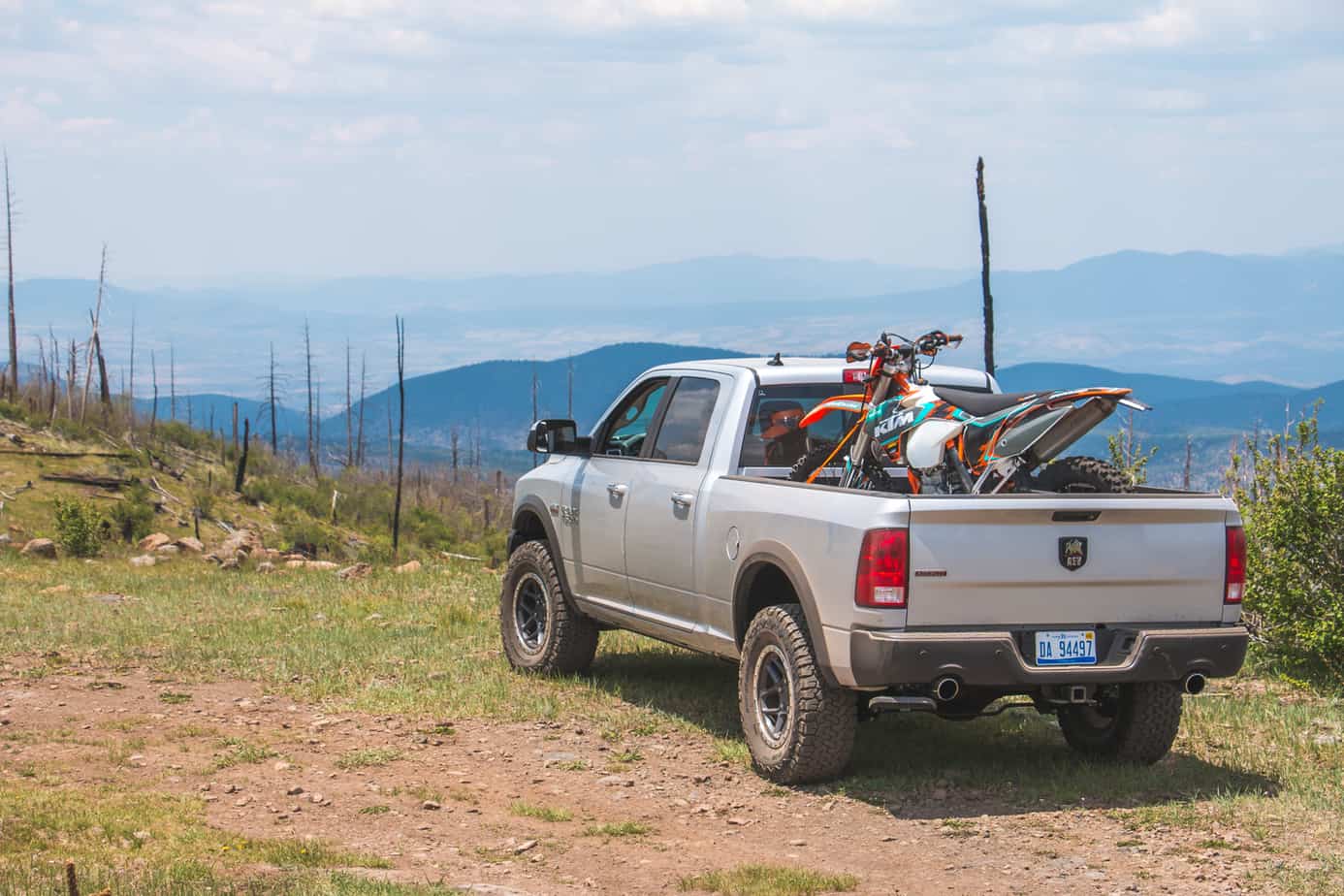
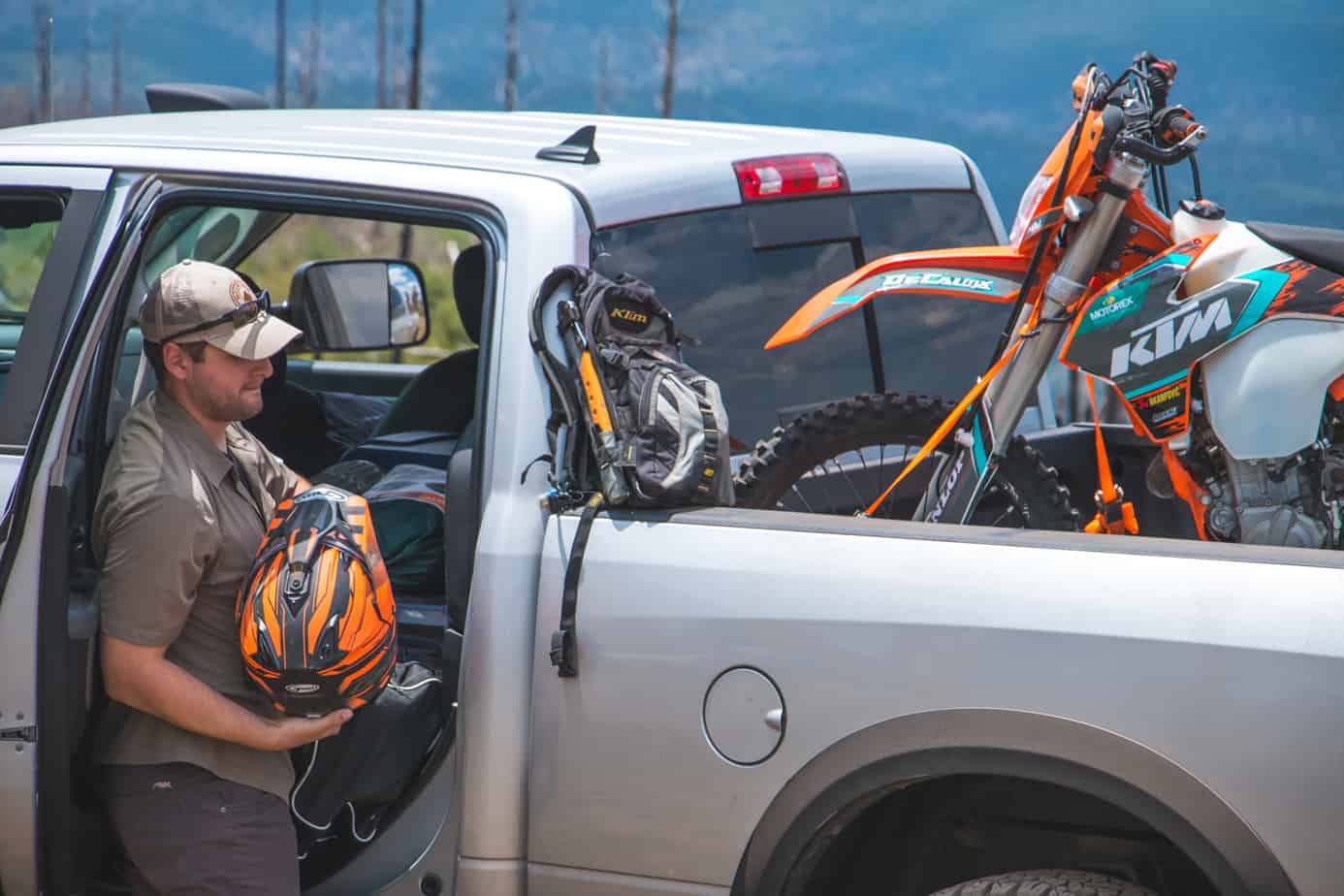
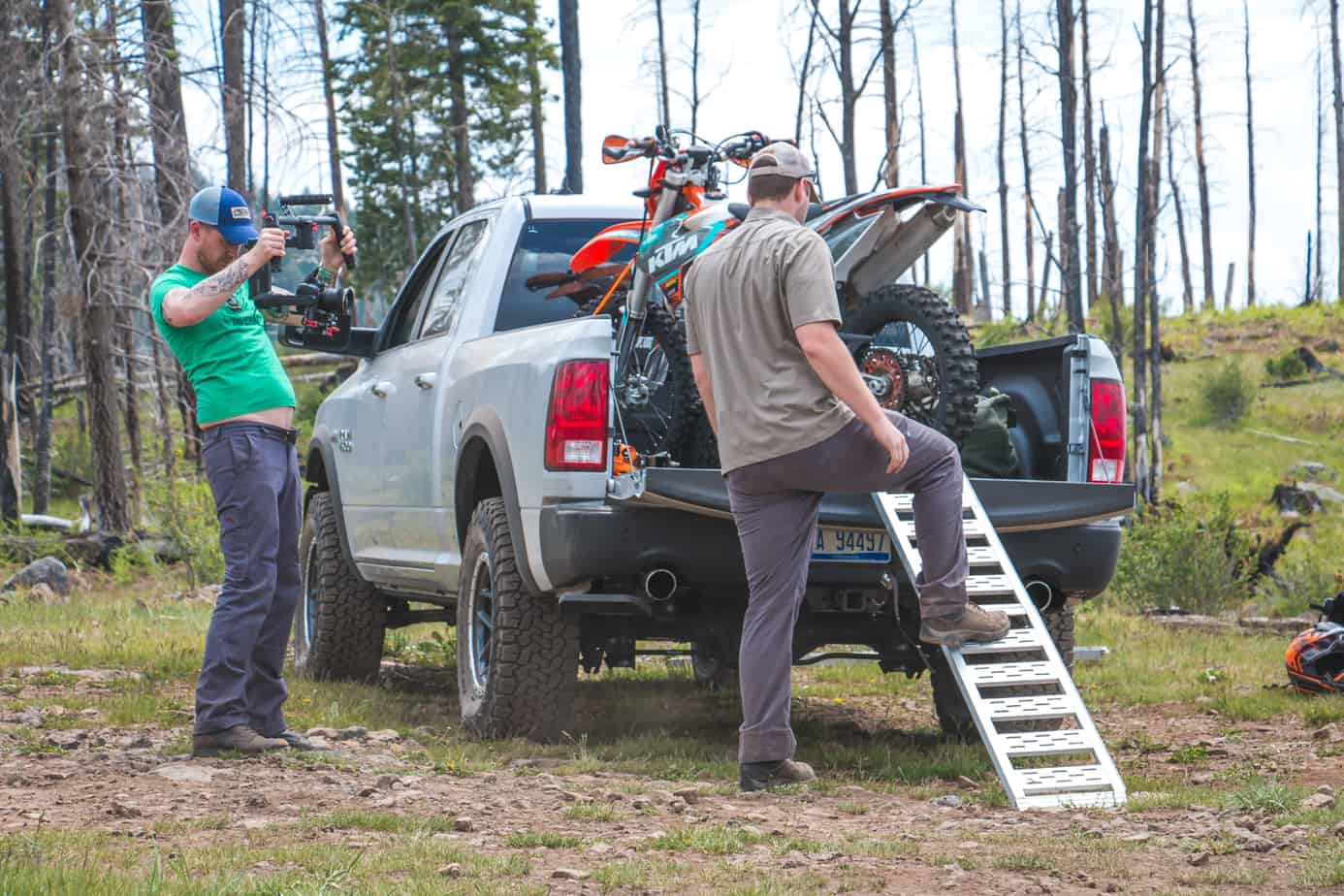
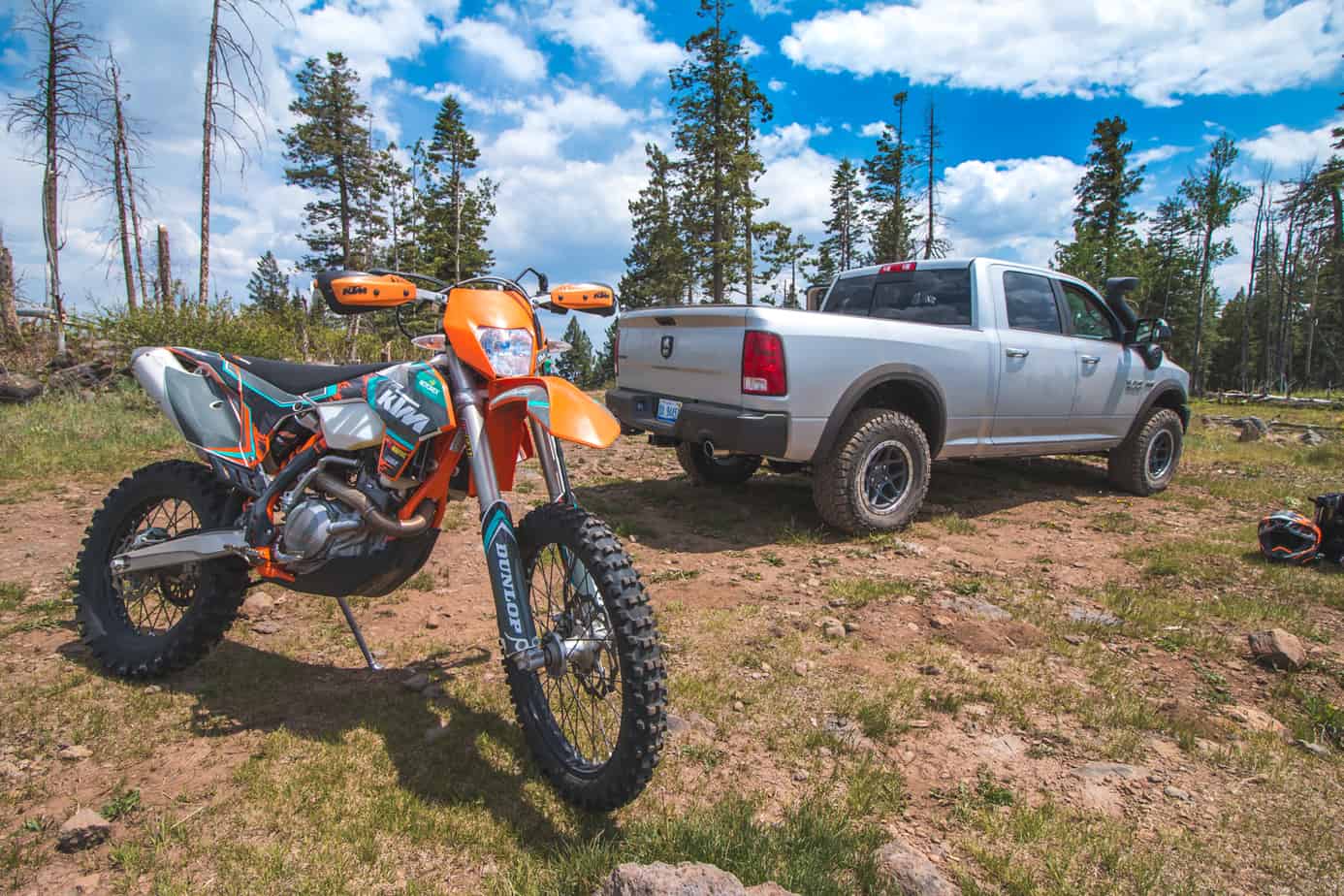
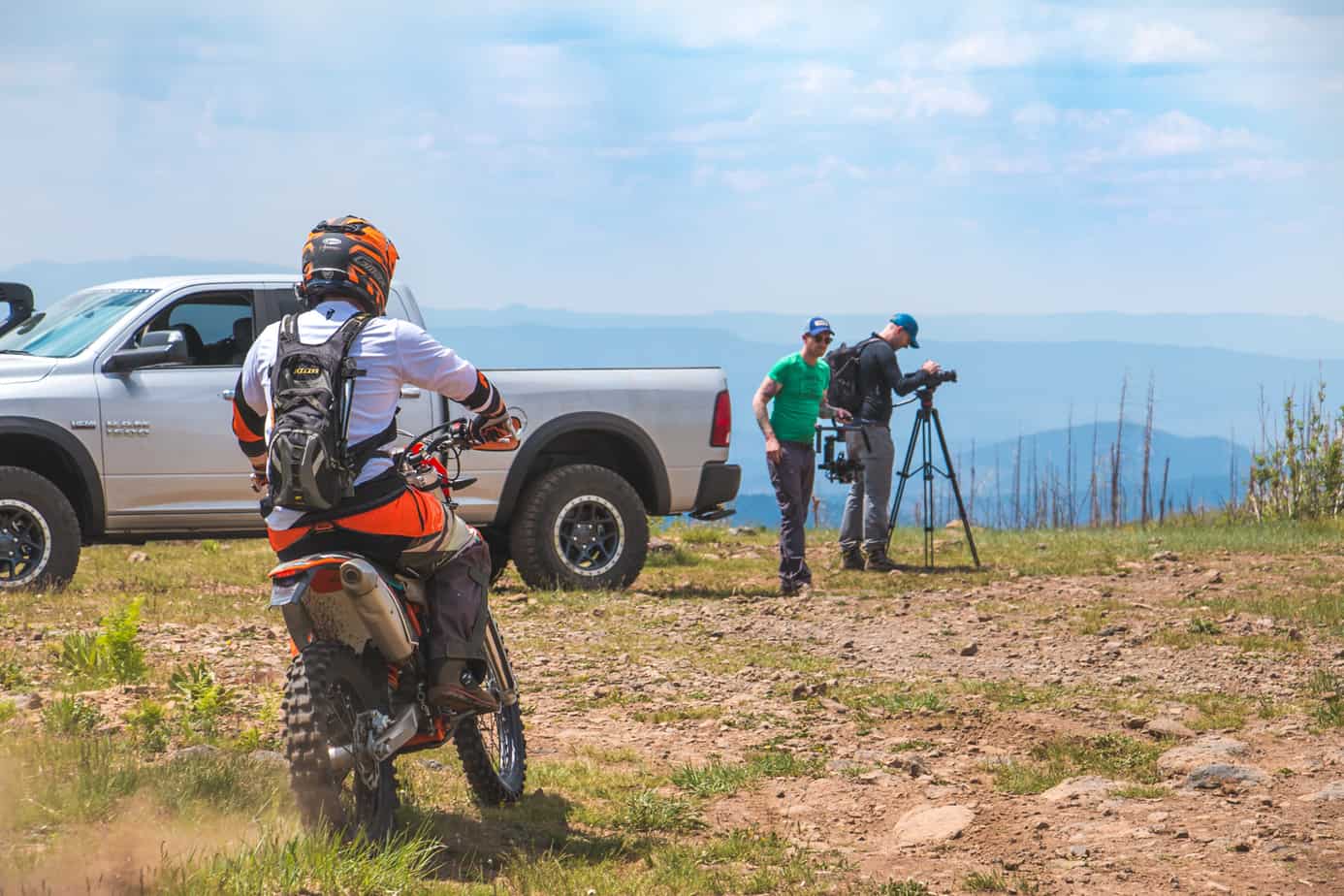
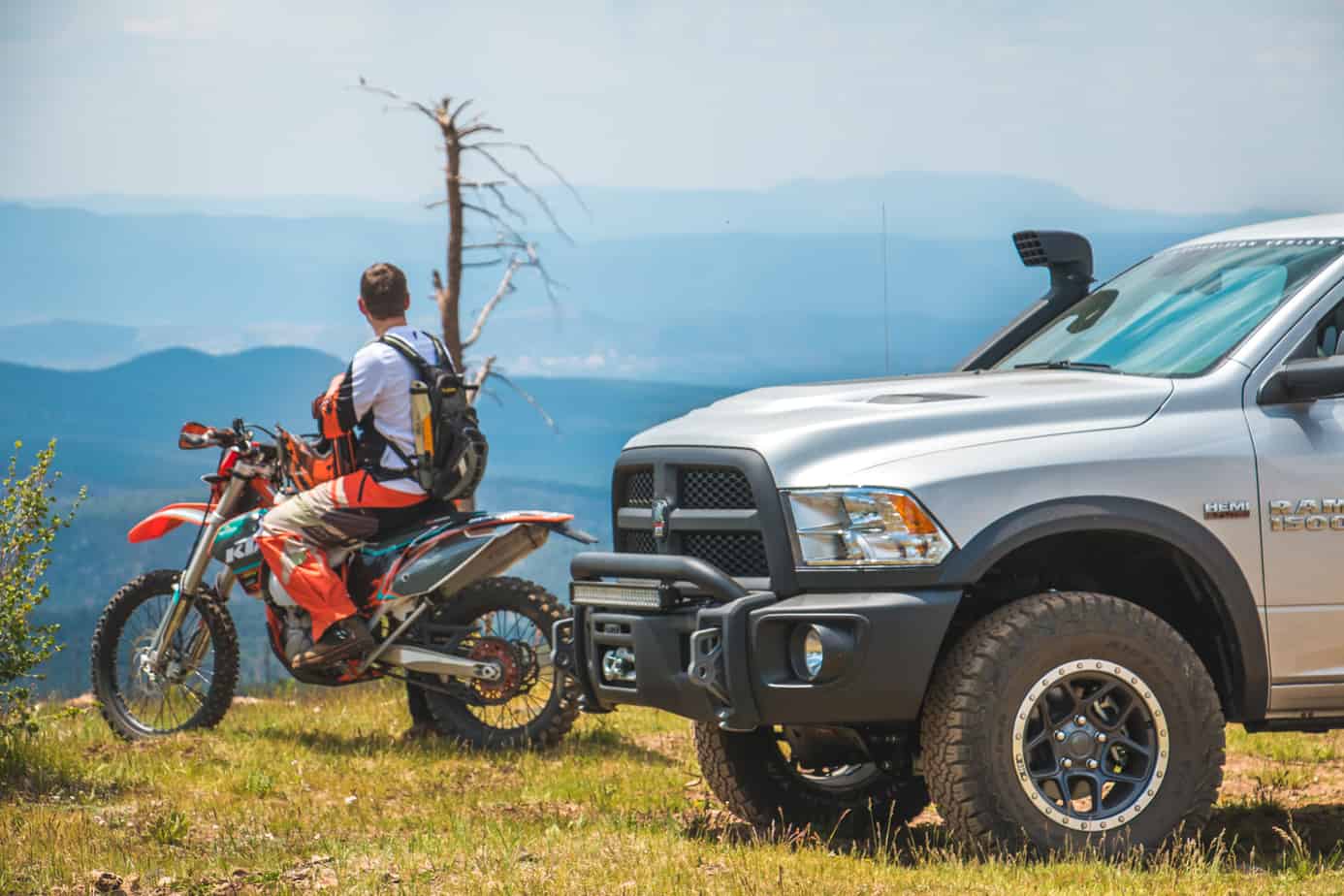
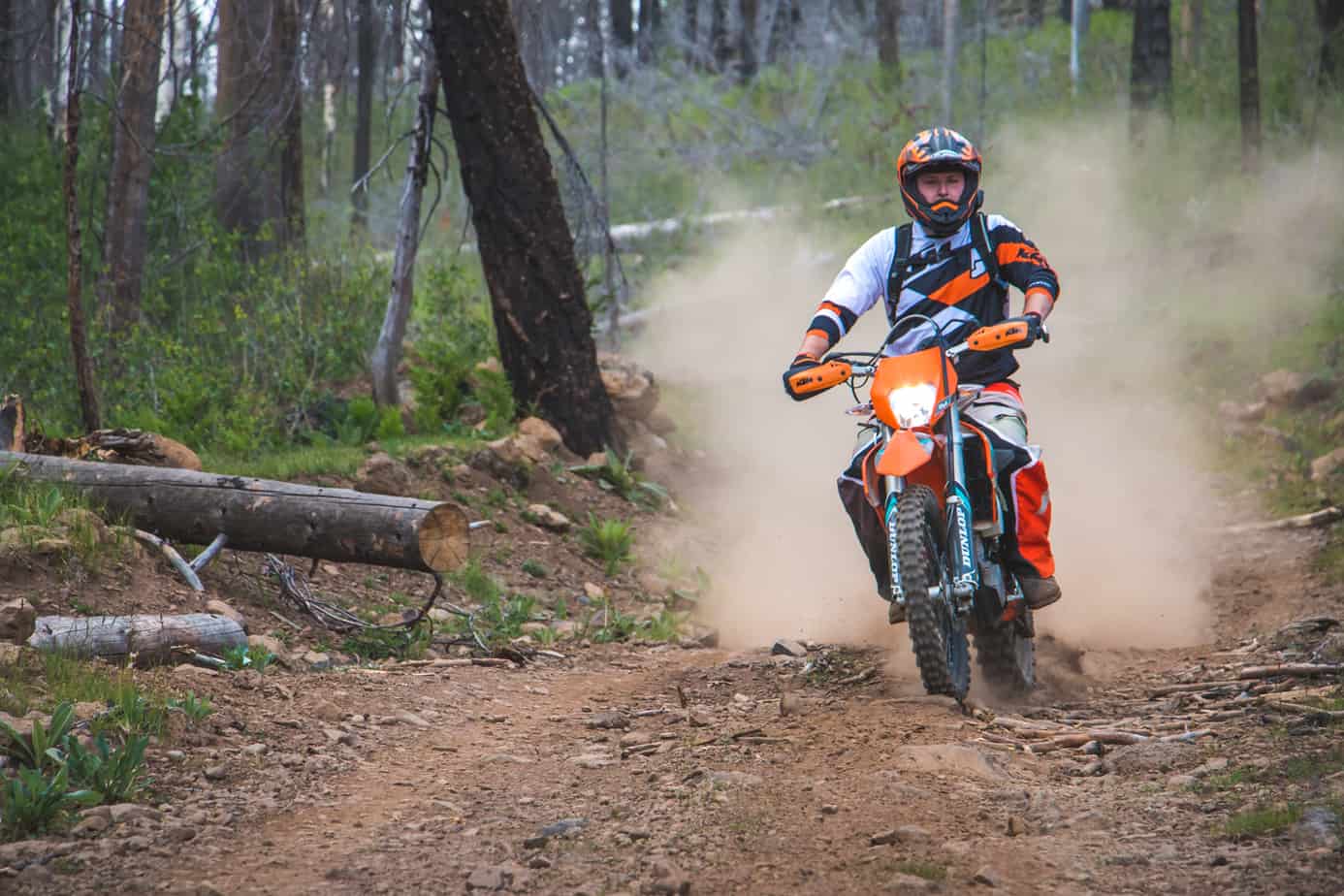
If you’ve never driven through an area devastated by fire, I can really only say that it’s both haunting and humbling. A scorched landscape spans out before you where a dense forest once stood, and the raw power unleashed there begins to set in. You envision flames consuming towering trees like matches, and mountain winds sending swirling infernos across the ground, yet it’s a natural part of the forest life cycle, and a vital one at that. The fire cleanses the ground of excess growth and clutter, enriches the soil with ash and plant matter, and then allows the trees and shrubs to return stronger and healthier than before. Young saplings were already breaking forth from the dirt during our visit, and I thought about what that place might look like in 40 years. I hope to return someday to find out.

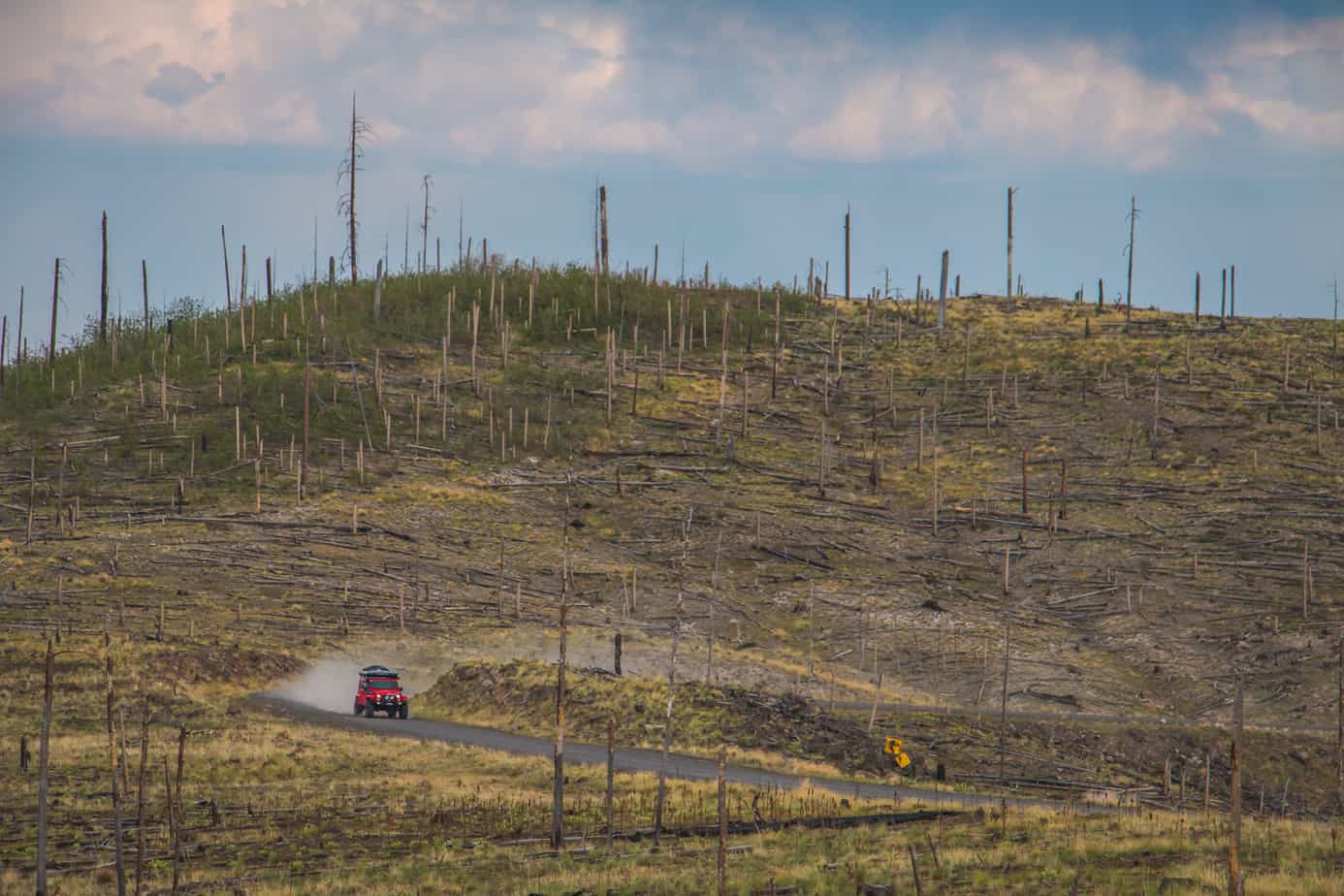
Hunting Grounds
As the charred trunks of trees dropped away, a golden grassland opened up before us. Known as the T Bar, this protected stretch of prairie is one of the last examples of an ideal Mexican gray wolf habitat left in the Southwest. It’s characterized by rolling hills, expansive views, and plenty of grazing ground for deer and elk. Like the wolves, we too found this to be a suitable hunting ground, but our prey was of the digital nature.

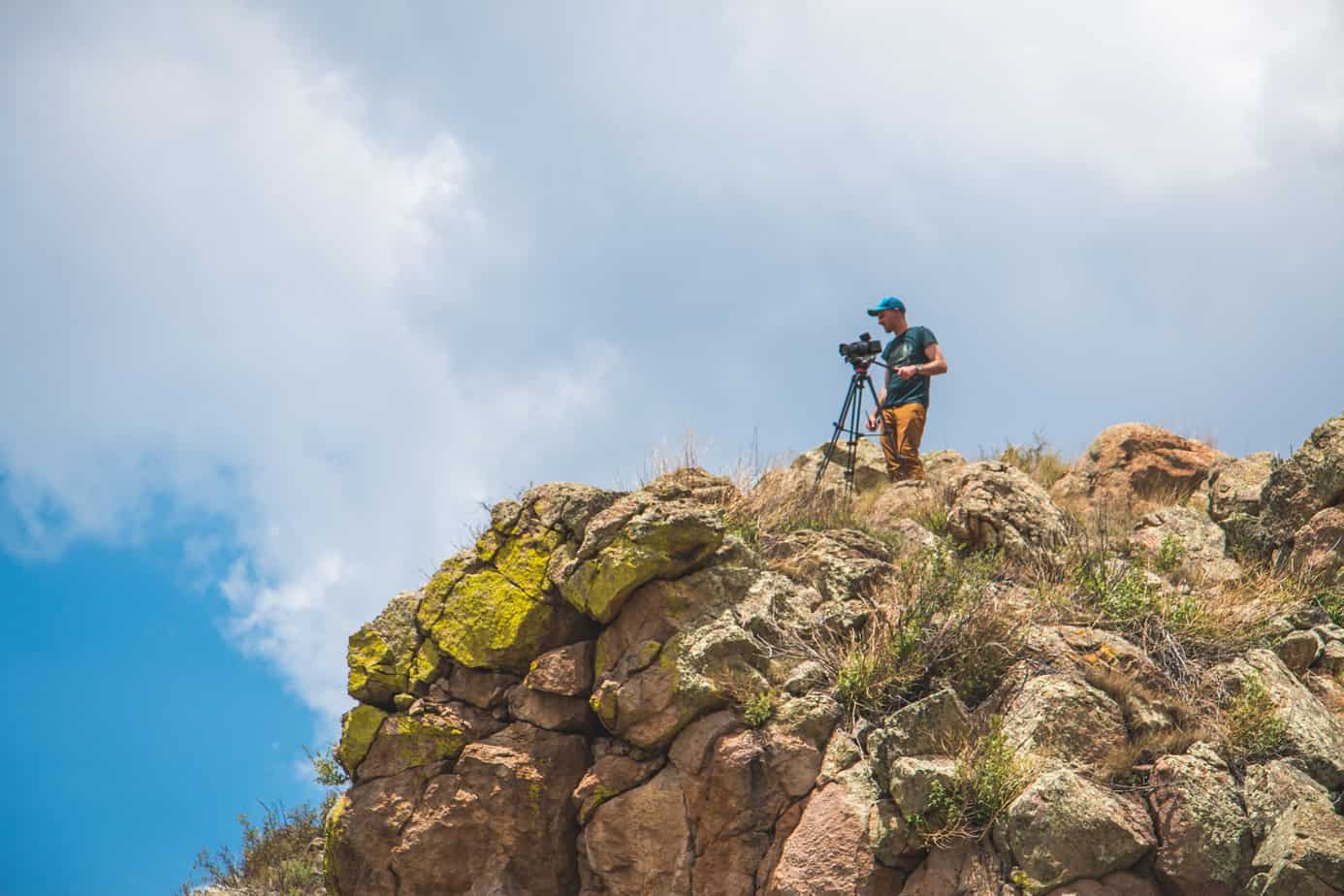

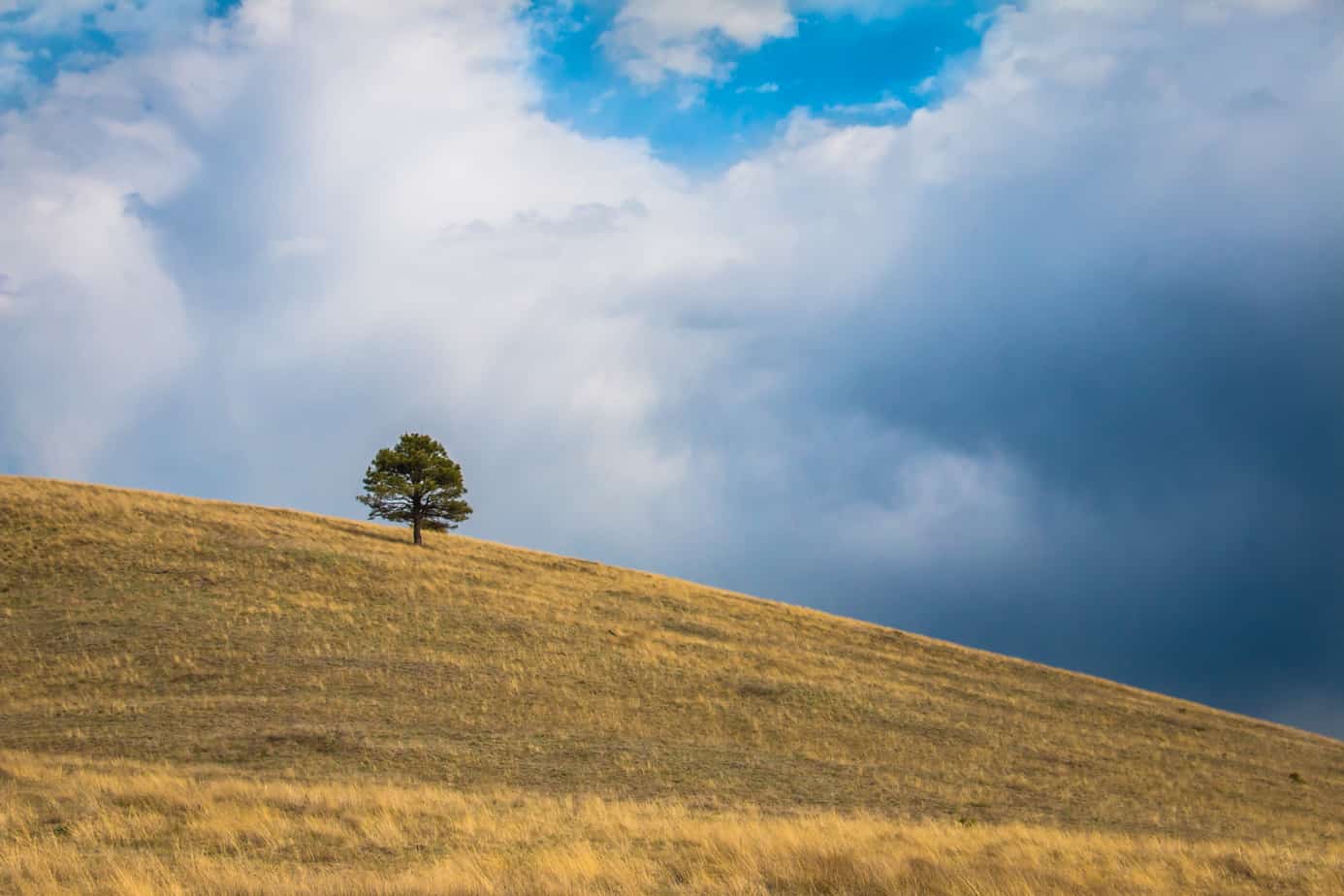
We climbed a nearby rock outcropping and set up shop, ready to capture the rugged vehicles amidst the stunning landscape. The team filmed until the last light began to slip beneath the horizon, and the hills dropped into darkness. With a predawn departure scheduled for the next day, none us wanted to stay up late. We threw out our tents, shoveled down some food, and tried to get some rest during the short night.
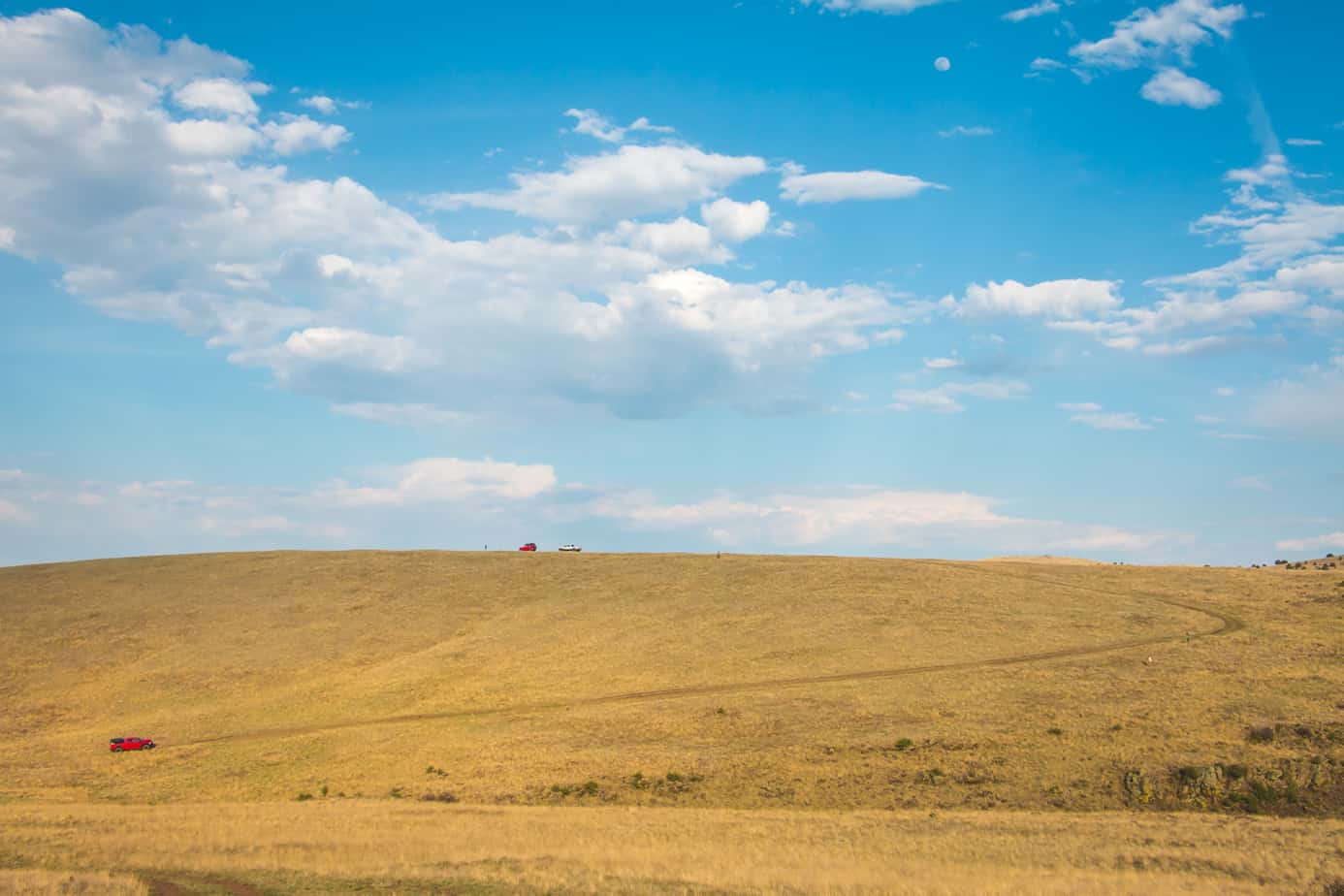


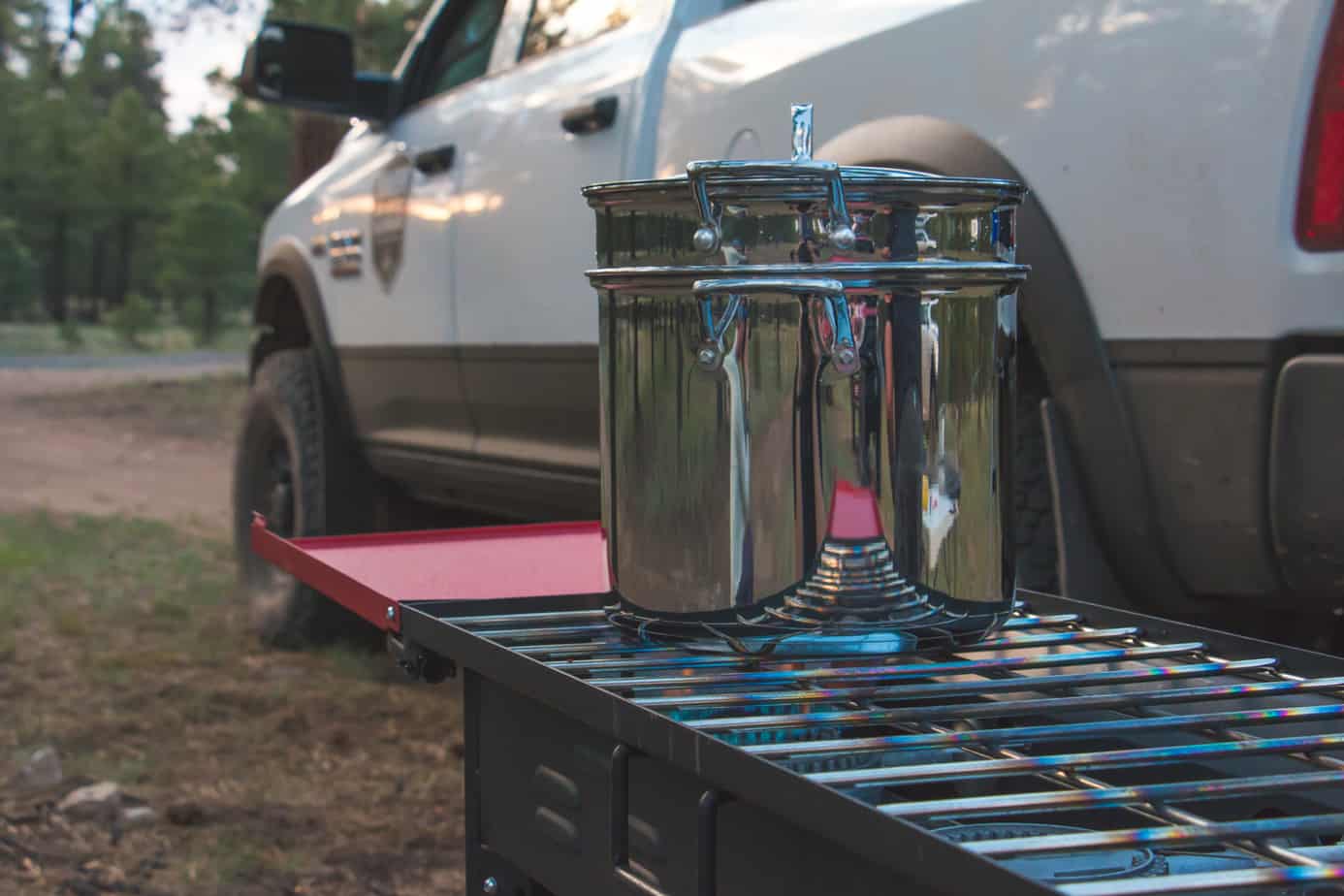

Alarms buzzed around the camp, breaking the cool damp silence of the morning. It was still dark, and grumblings could be heard while everyone grudgingly hauled themselves from their tents to the vehicles. There was no time for coffee, just enough to grab our gear and make the drive out to the morning photo location. Packed to the brim with people, the Recruit and Prospector rolled through the woods toward the sunrise to greet the day, and what a greeting it turned out to be. Radiant light flooded the plains, and the few clouds in the sky cast a perfect backdrop to nature’s stage. As the trucks rolled through the scene, dust trails alight in the sun, I couldn’t help but smile and think this was the only way to shoot an advertisement.

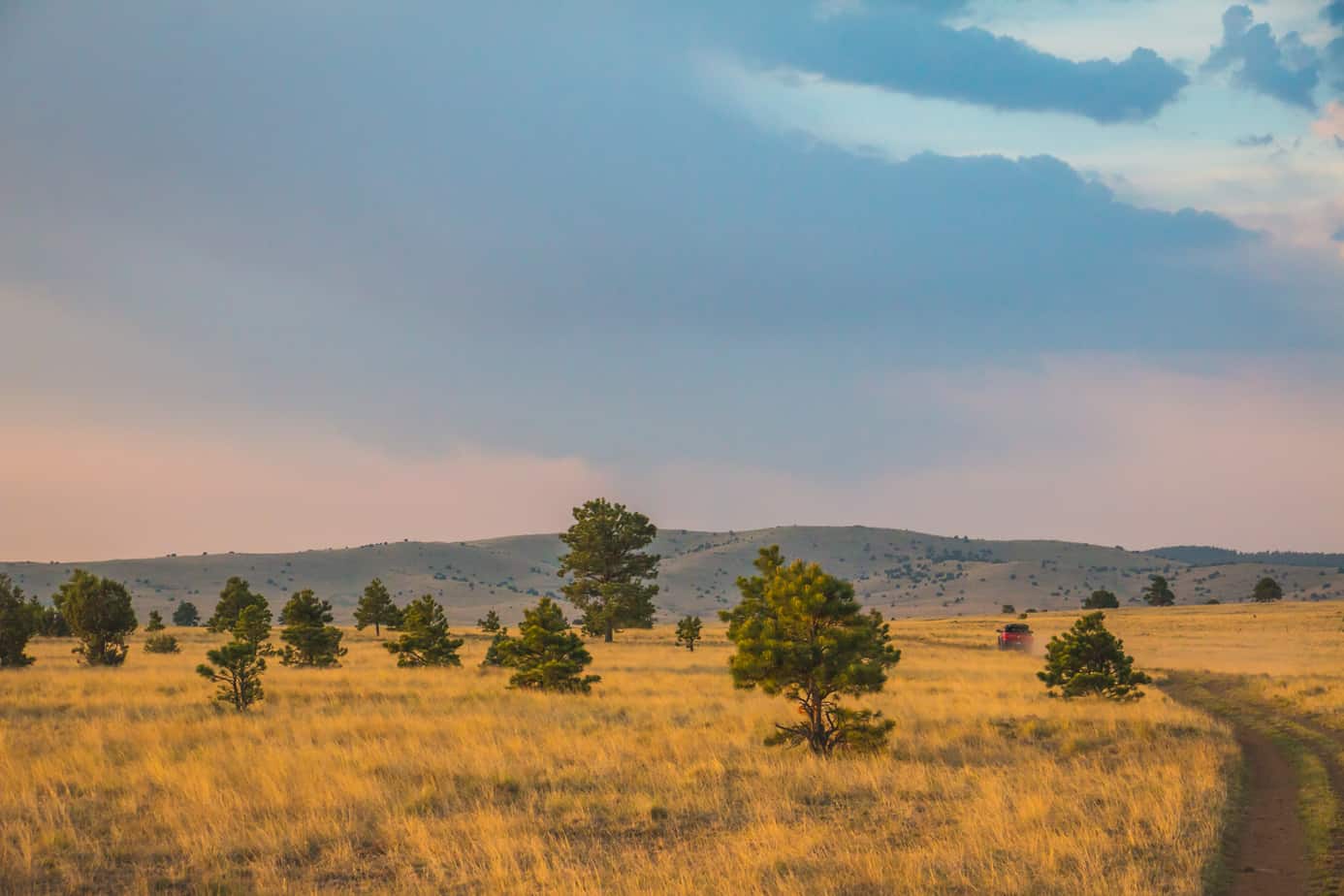

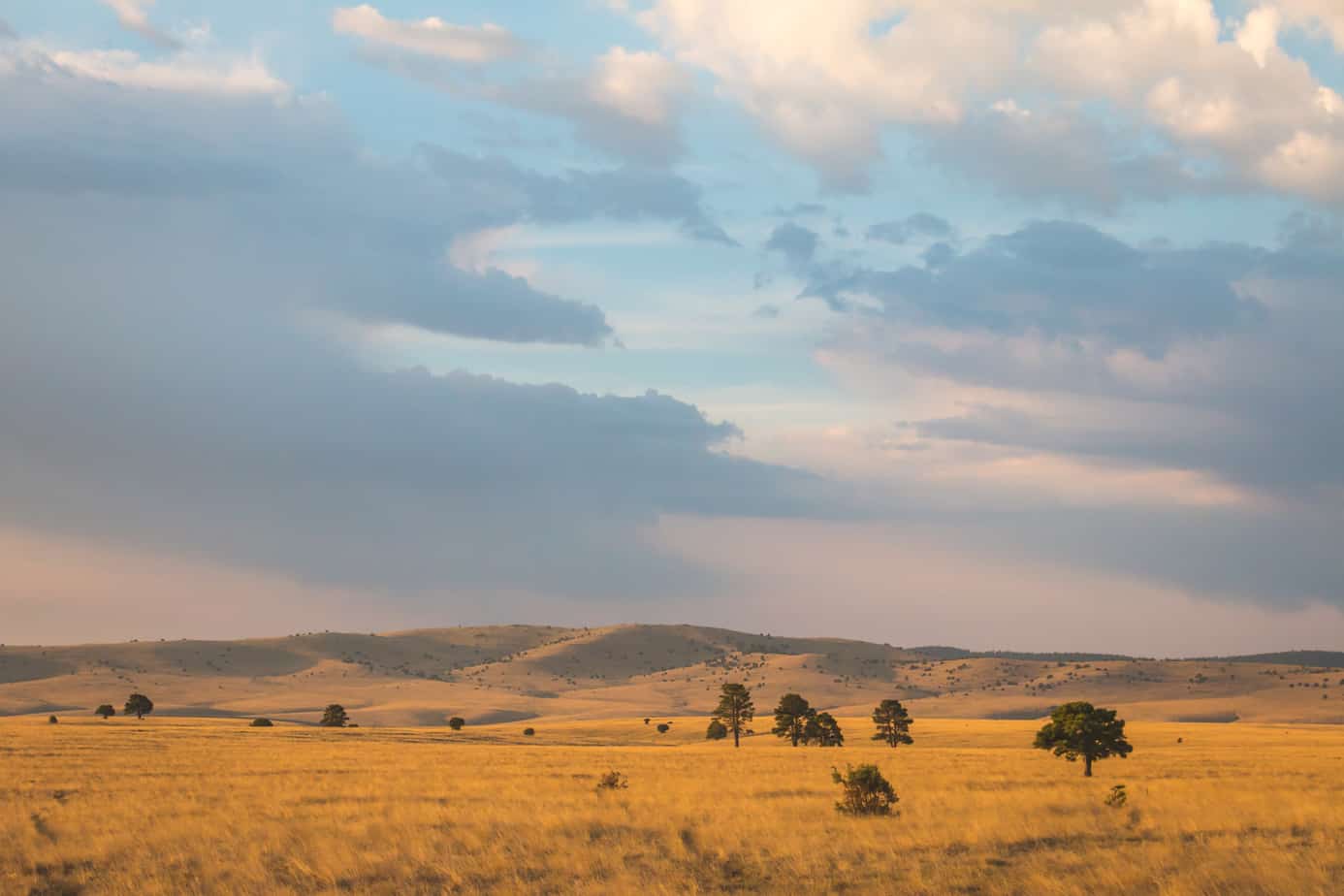
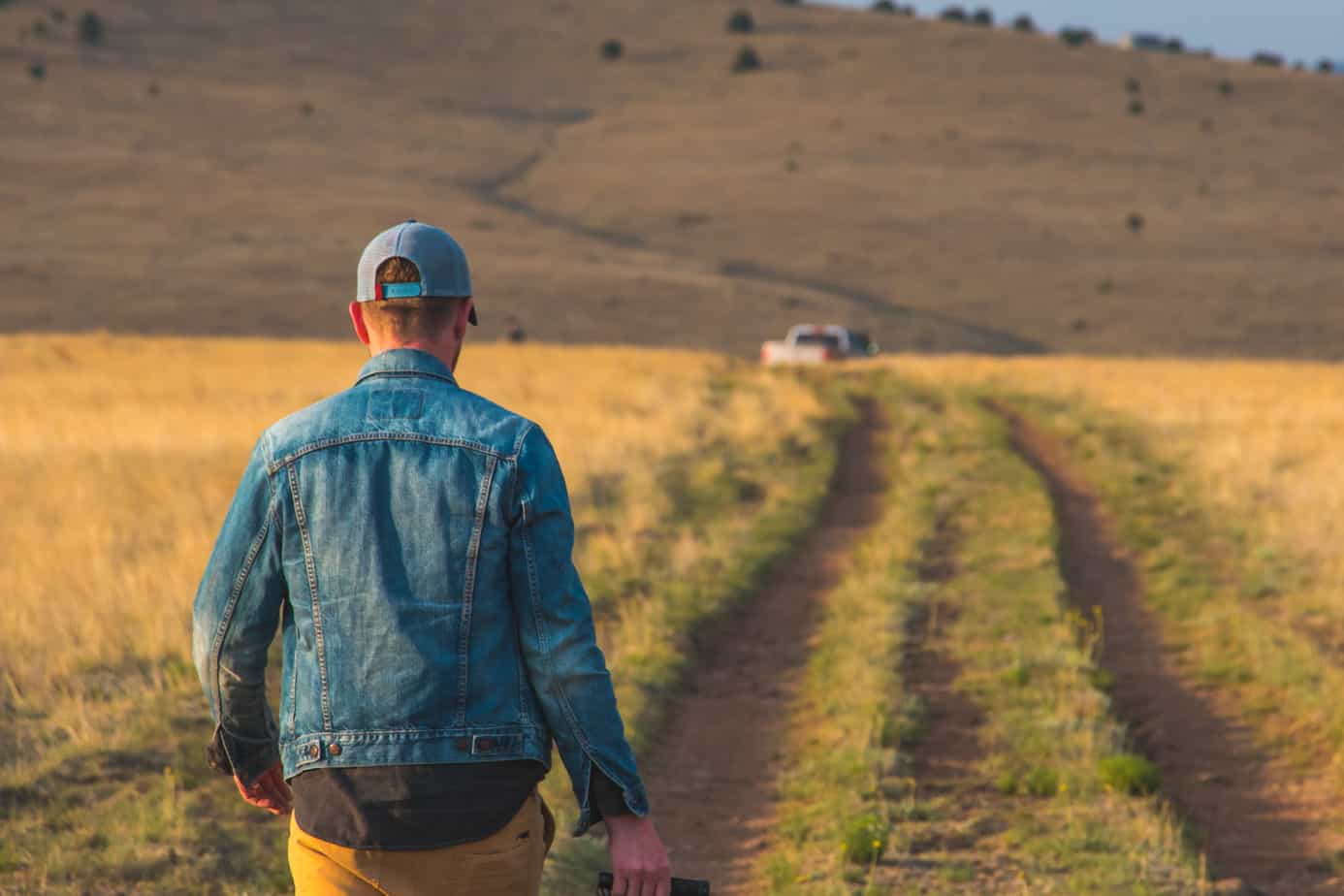
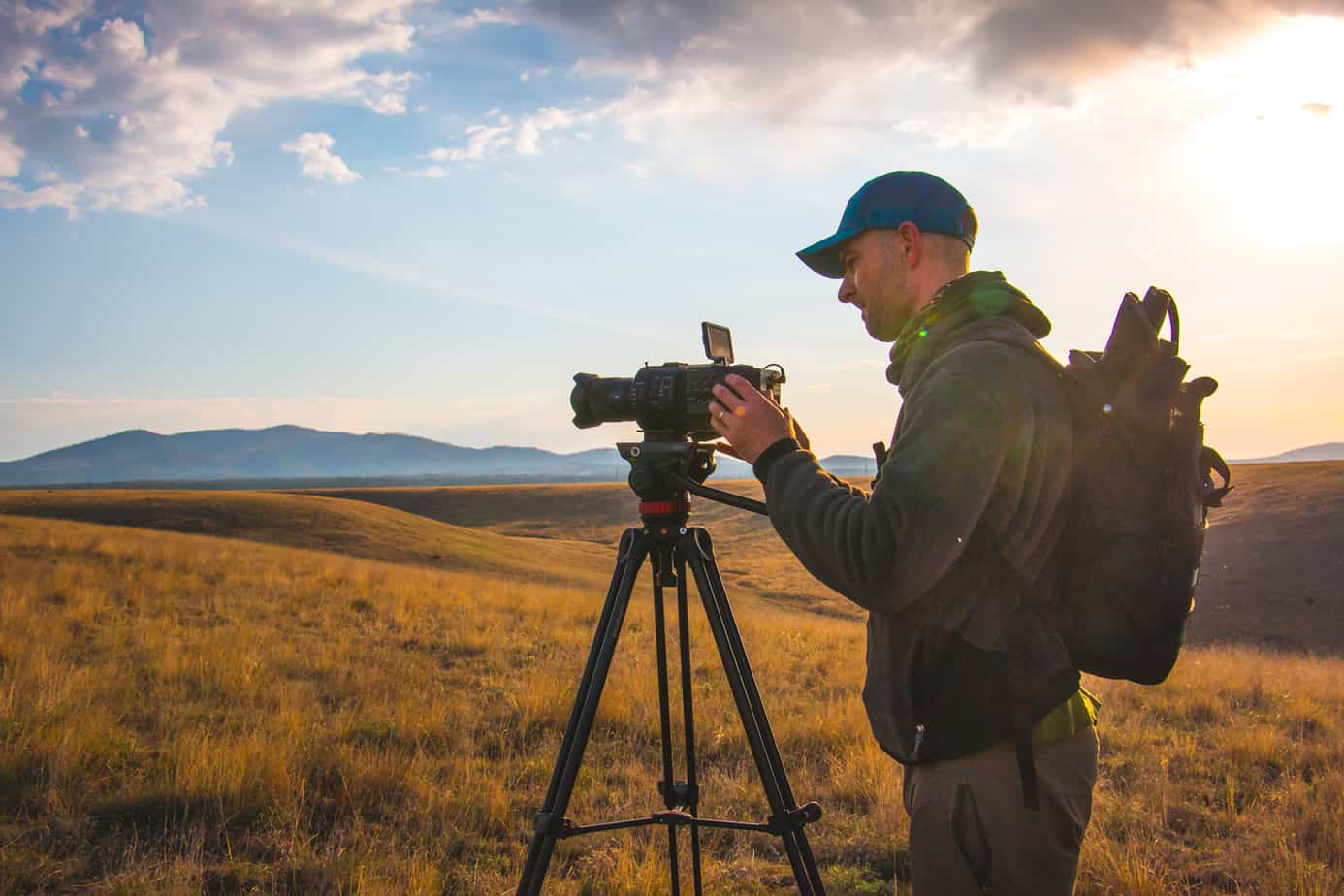



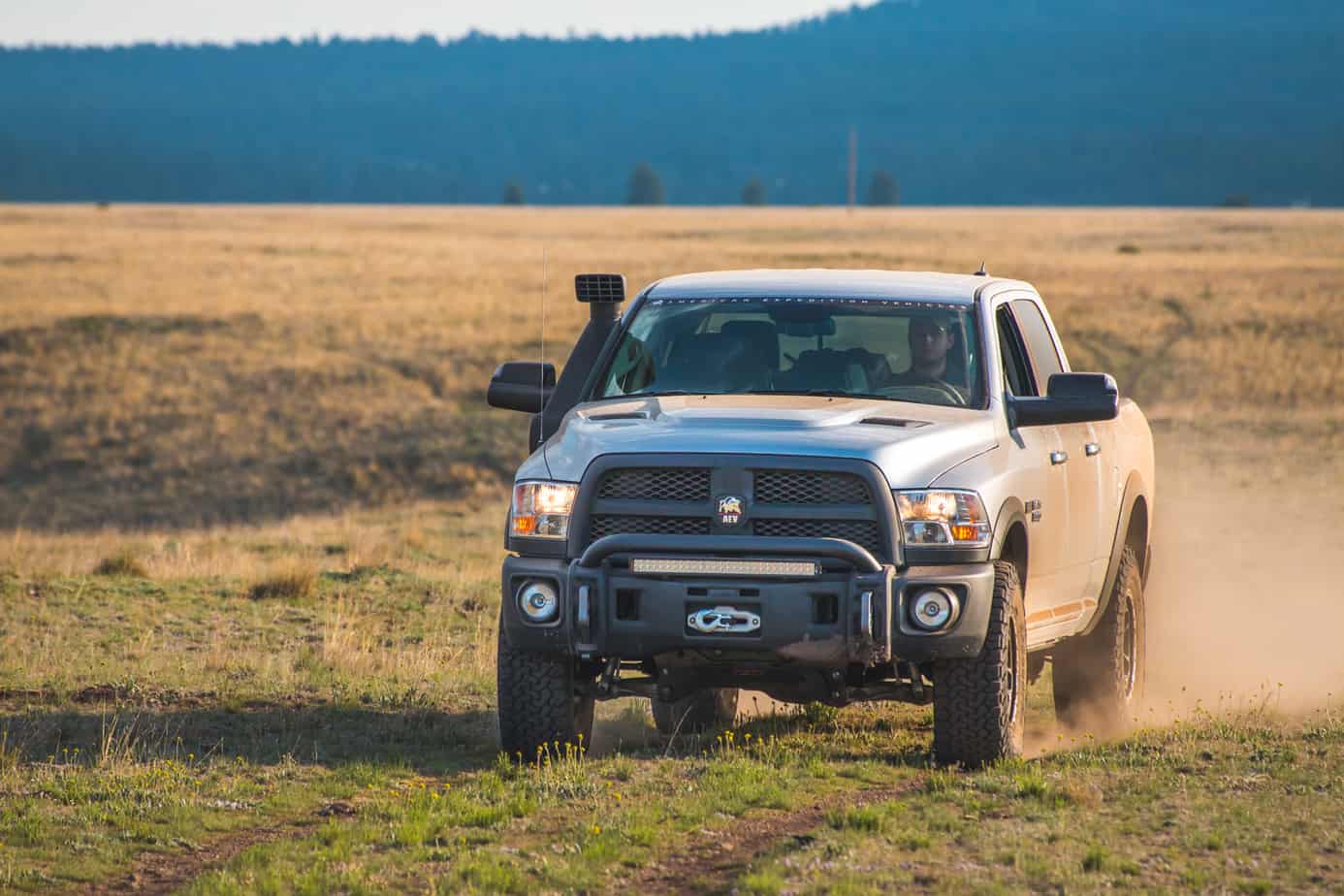
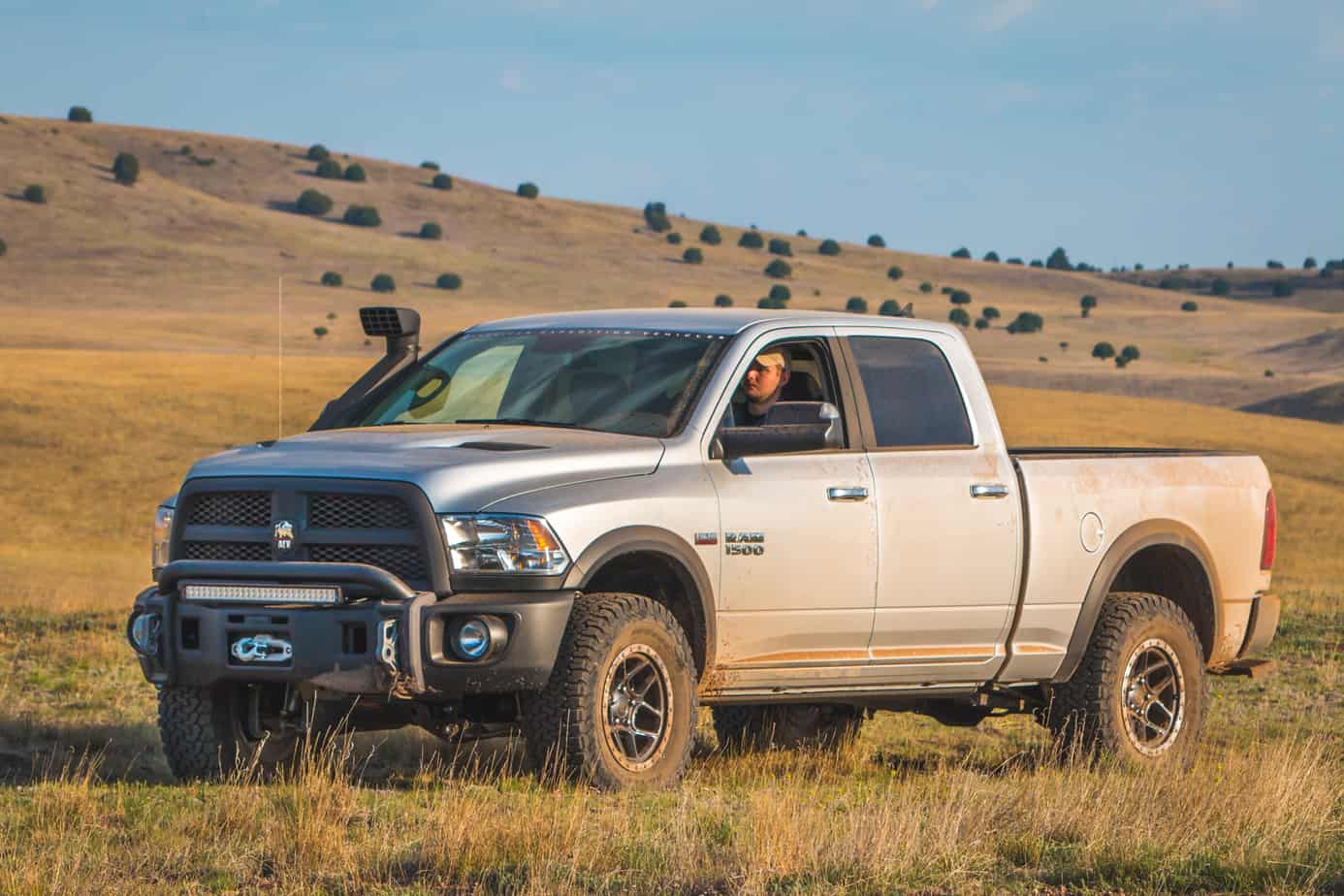
Sadly, golden hour passed by in what felt like an instant, and our temporary adrenaline rush faded back into decaffeinated grogginess. Jake was ready for that though, saving us with gargantuan breakfast burritos and hot coffee back at camp. We partook greedily, letting the energy from the warm dark liquid wash over us like a wave.



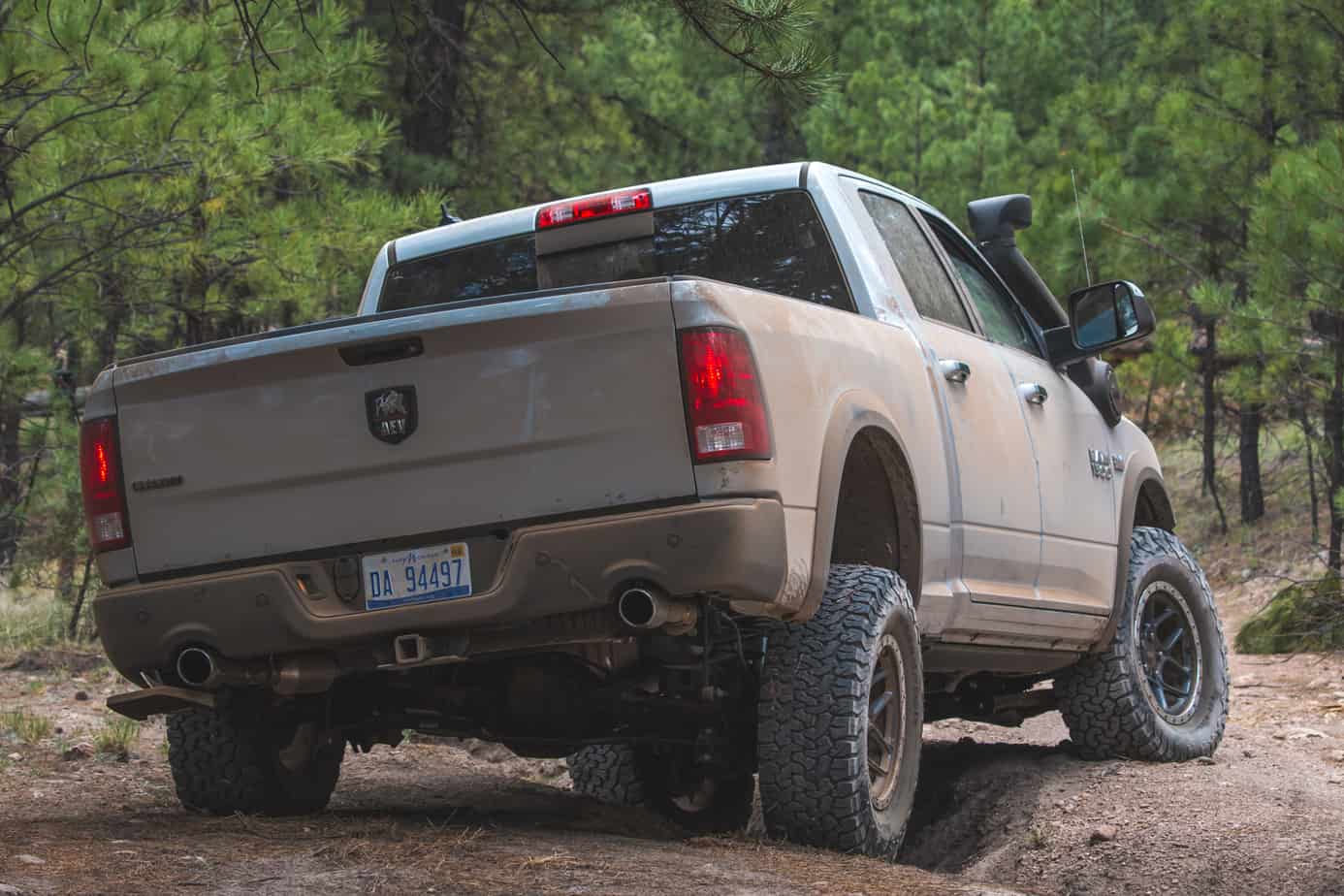
There was still a long way to go that day, and our next destination lay past a series of washed-out forest roads with cross-axle ditches. It was child’s play for the Hemi-JK on 37s, but for an IFS truck like the 1500, it should have been a challenge. Despite my attempts to trip up the Recruit though, it breezed through the obstacles without protest, showing off its increased articulation and clearance thanks to the AEV upgrades. I nosed it into ditch after ditch, taking the worst lines and meeting no resistance. It was far more capable than I’d expected, and after just an hour or so we had passed the worst of the road, arriving at our camp for the evening. Well, sort of.
The forest service had given us permission to film at the location, but not remain there overnight, so we’d be faking it. I know, but it was still an ad shoot after all, and we needed photos. The AEV team got to work immediately, setting up the scene like a well-rehearsed drill. I, on the other hand, stood by and took in the spectacle. The smell of rain hung heavy in the air, the sun was hidden behind dark clouds rolling overhead, and a light sprinkle was beginning to fall—my favorite conditions.

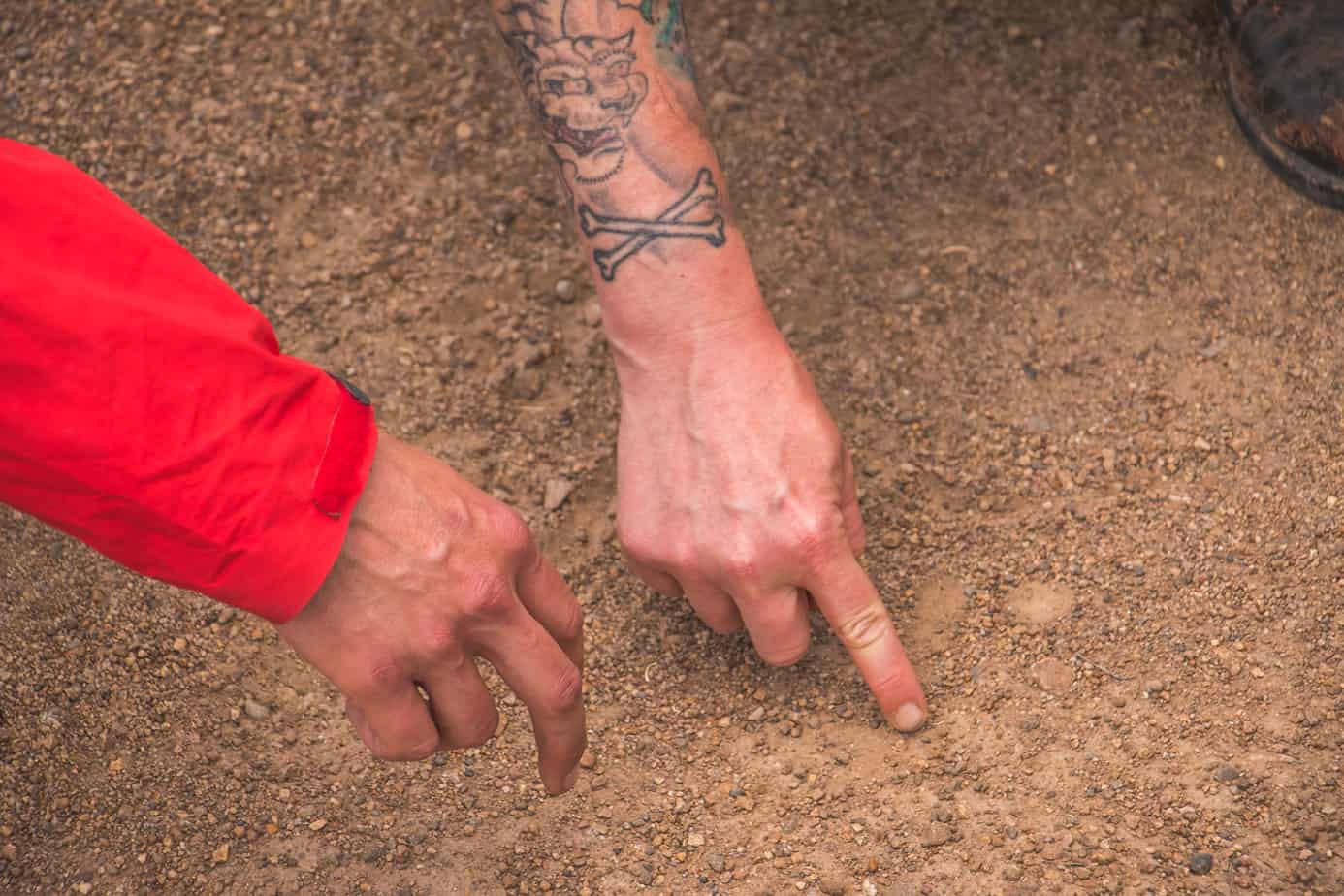

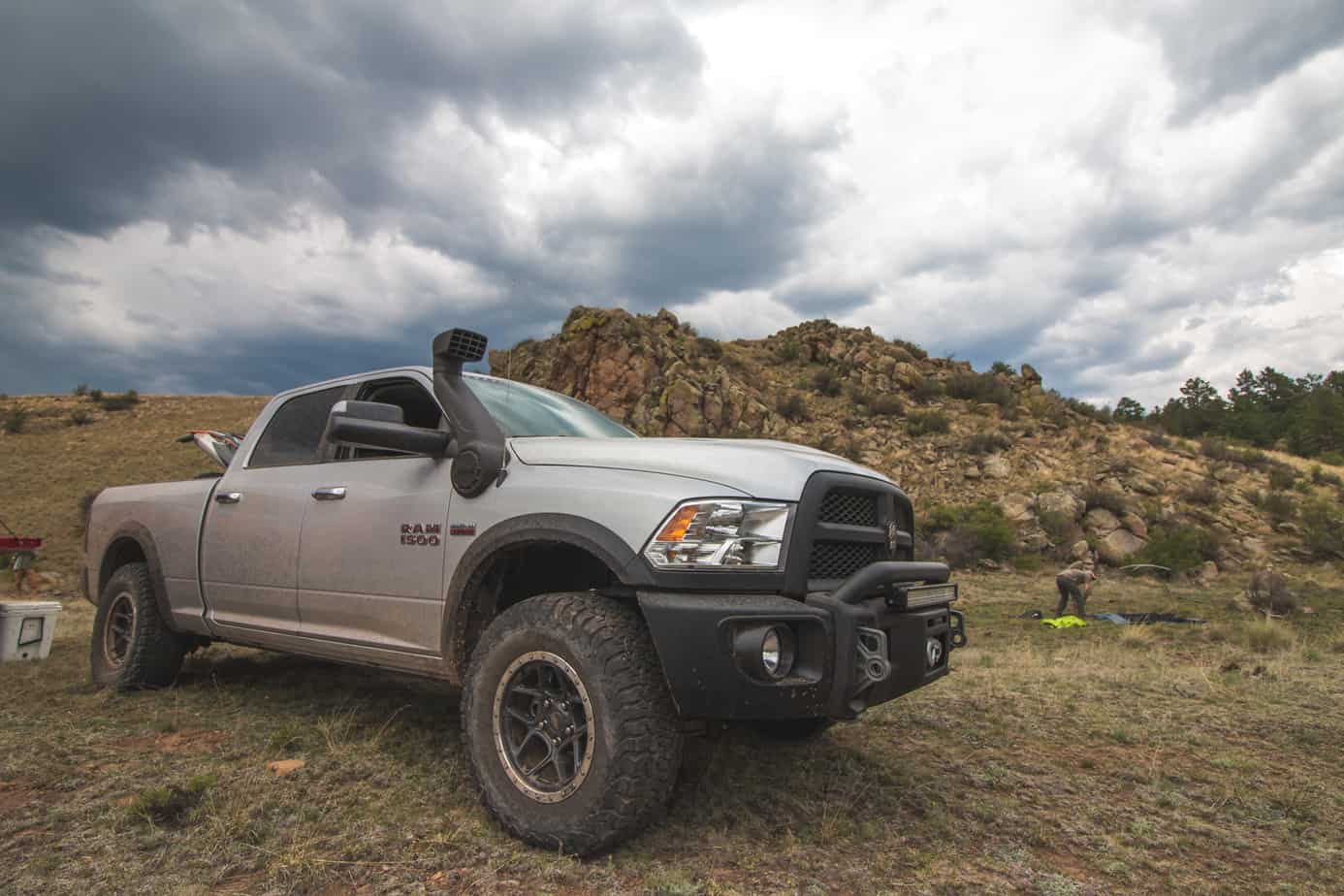
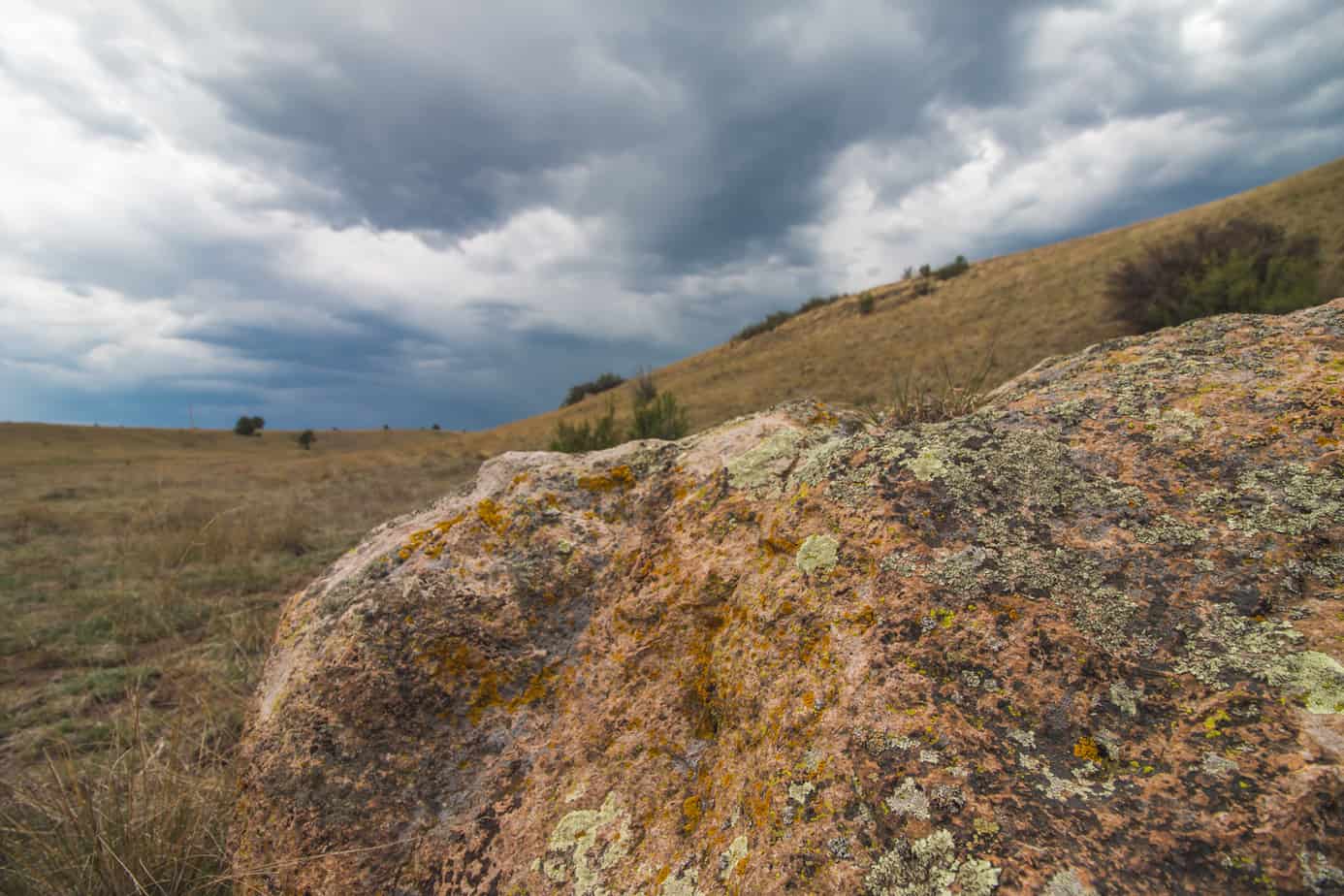





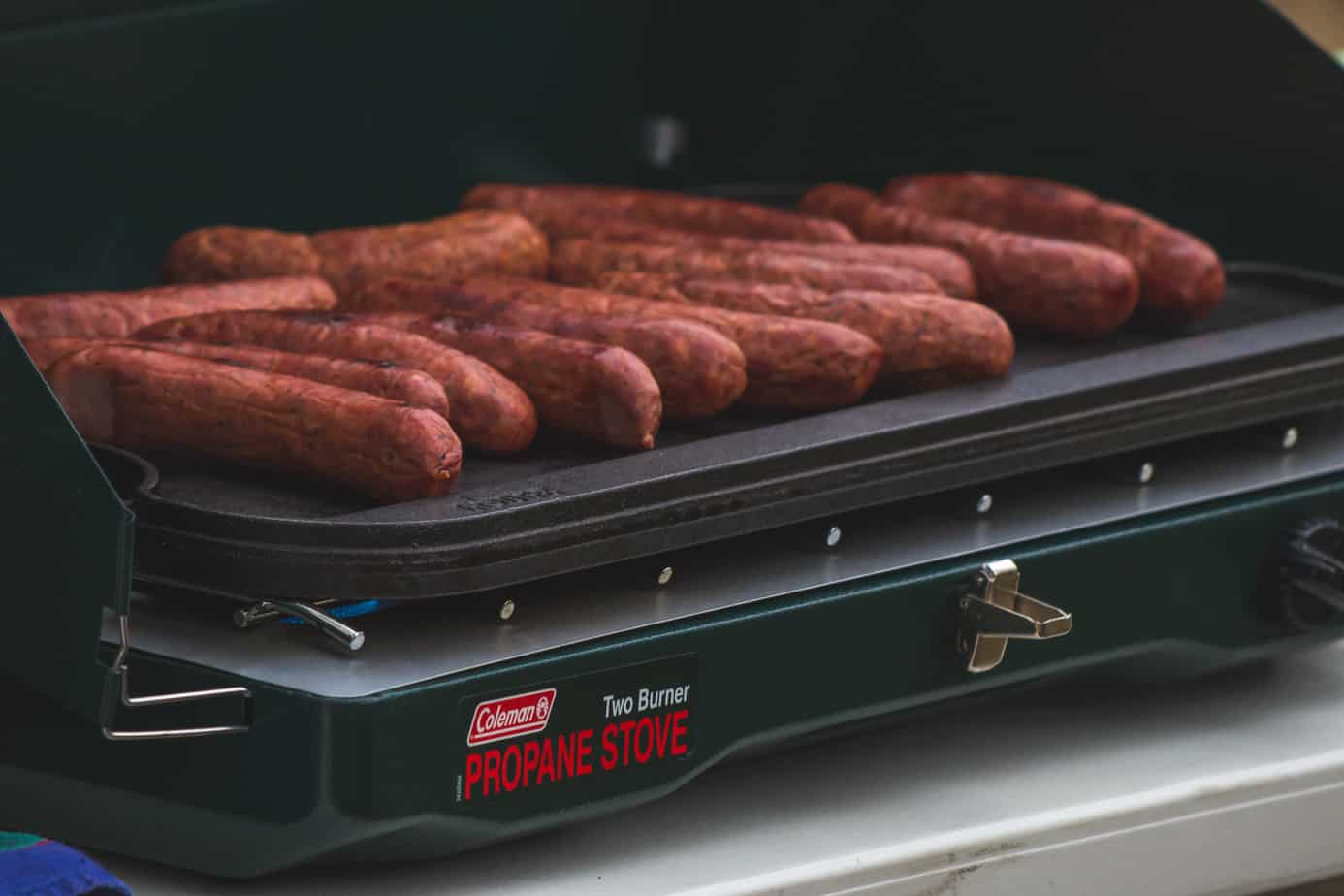
Picture Perfect
I’ll be honest, adventures aren’t always packed with the glamorous scenes you see on Instagram. There isn’t always a picturesque mountain, bright blue water, or a brilliant sunrise to create that perfect moment, but every once in a while there is, and it becomes an experience you’ll remember for the rest of your life. I didn’t know it yet, but that evening in June would be just such an occasion.
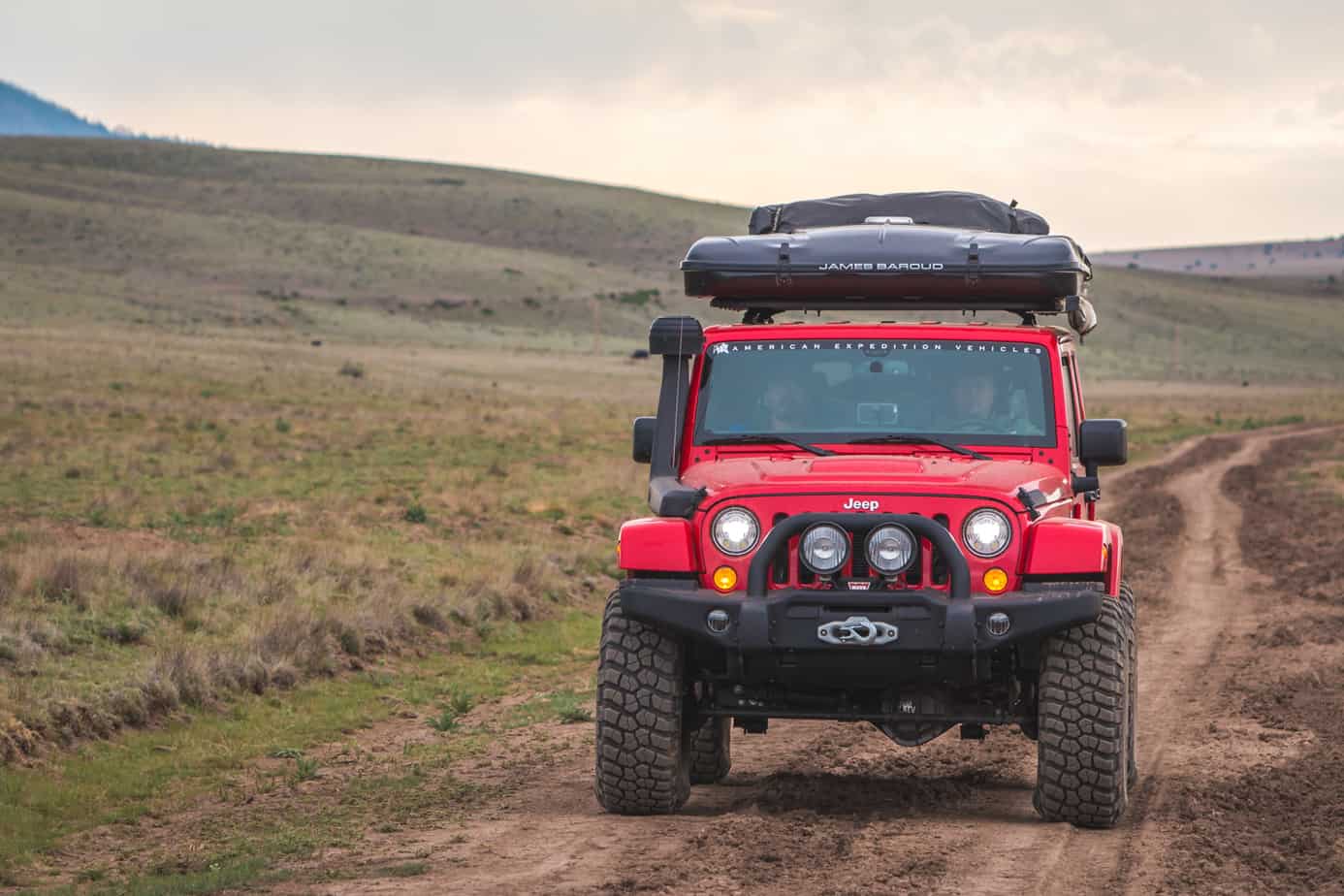
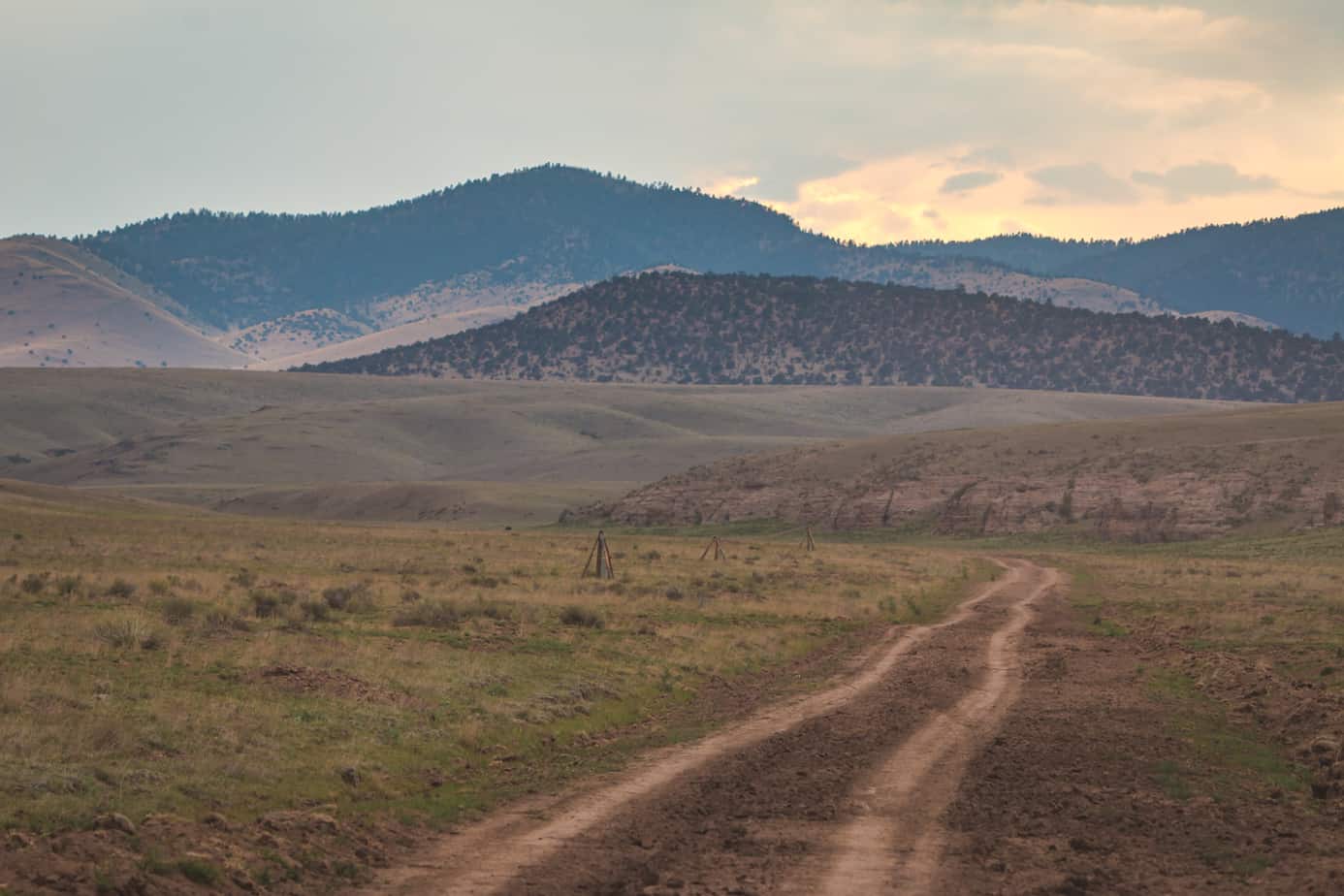
After leaving the scene of our fake site, the small convoy cruised through the valley and over rolling hilltops toward the real camp. All of our required shots for the day had been taken, so it was a stress-free drive down smooth dirt roads. A gentle breeze blew across the plains, pushing our truck’s long dust trails off into the distance while keeping our vision clear enough to spot a herd of elk moving nearby. With little else to do, we stopped just to watch them graze on a landscape unchanged for hundreds of years. There was something raw and beautiful about the moment, but it couldn’t compare to the sunset that came after.

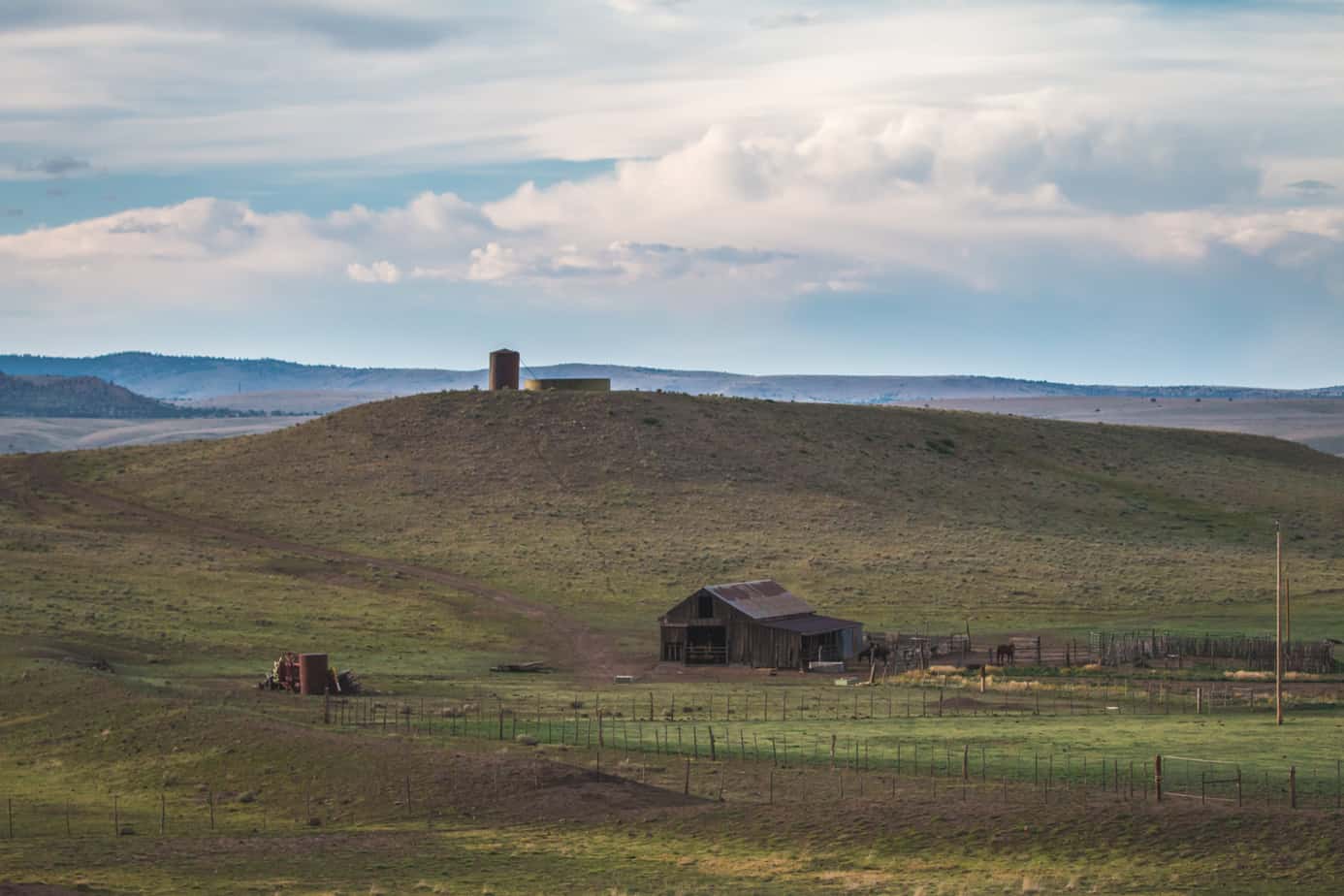
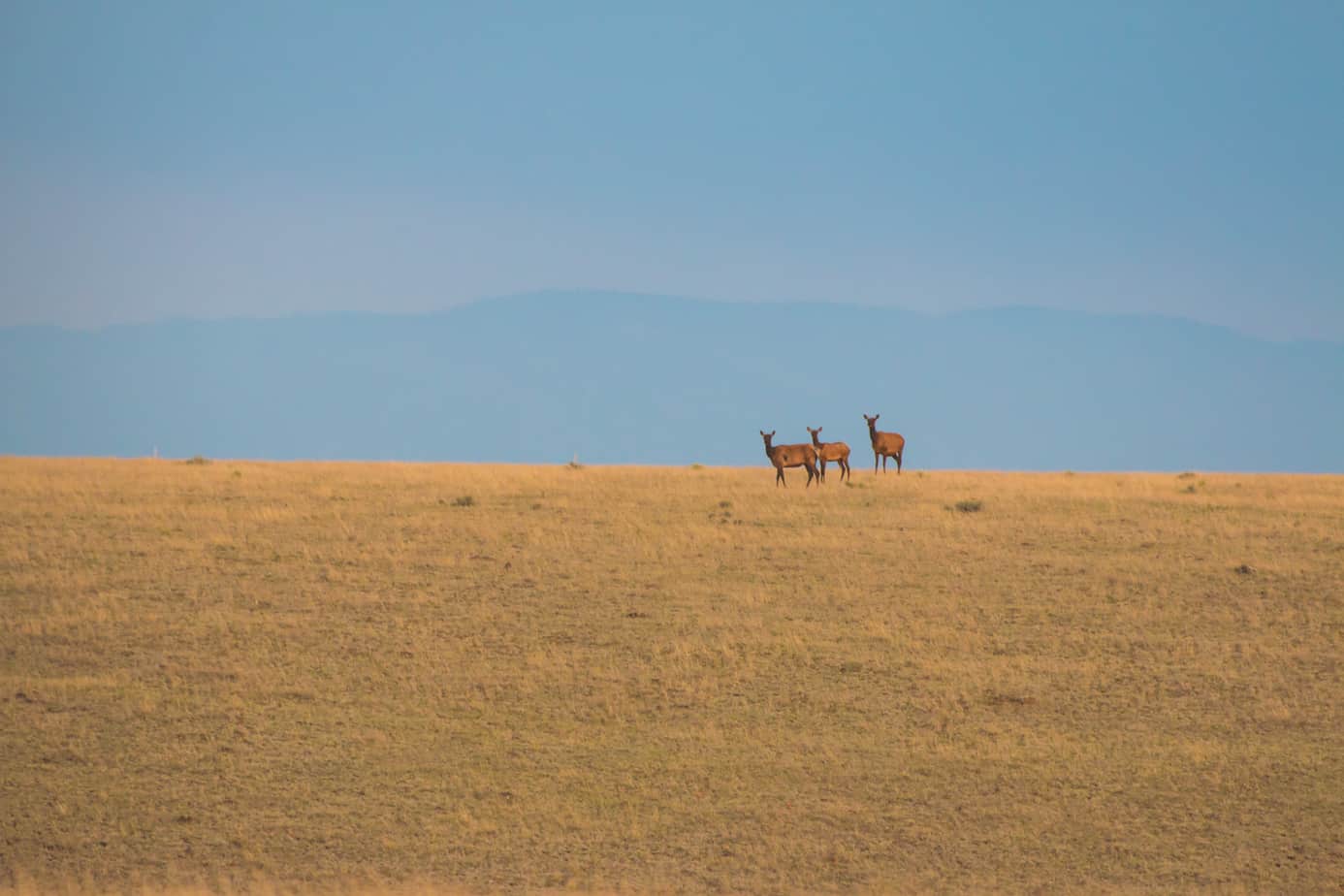

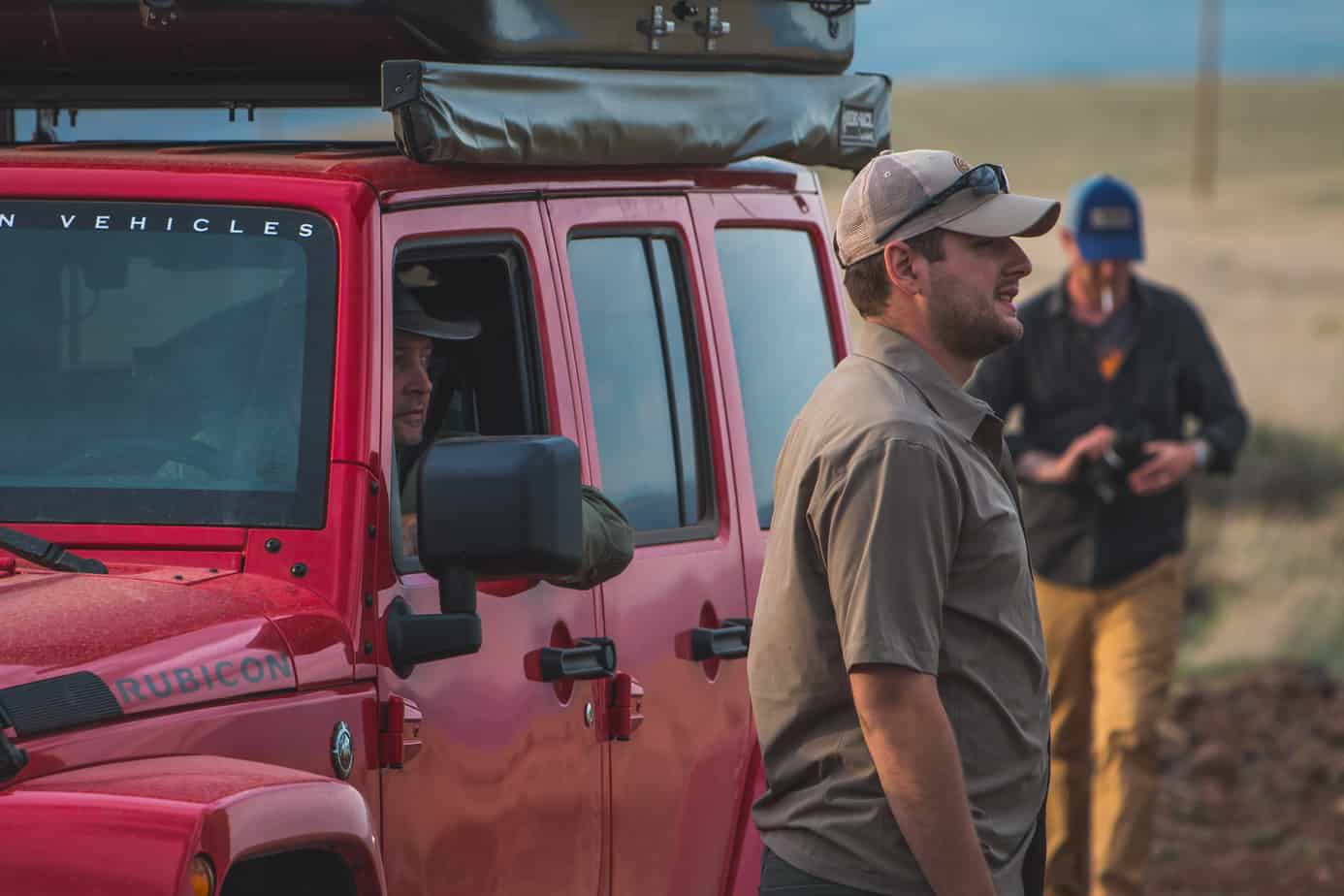
I can’t remember another as vibrant or radiant as the one that night. Ironically, it was also the one time no one was prepared to take photos. I couldn’t miss the opportunity and suddenly told Jake to stop, throwing the door open and running out onto the road for a better angle. I pulled out my camera and in a flurry of clicks captured the remaining vehicles driving up the hill in the evening light. It was perfect, and as I stopped to drink in the scene, I realized that I wouldn’t trade that view for all of the riches in the world.


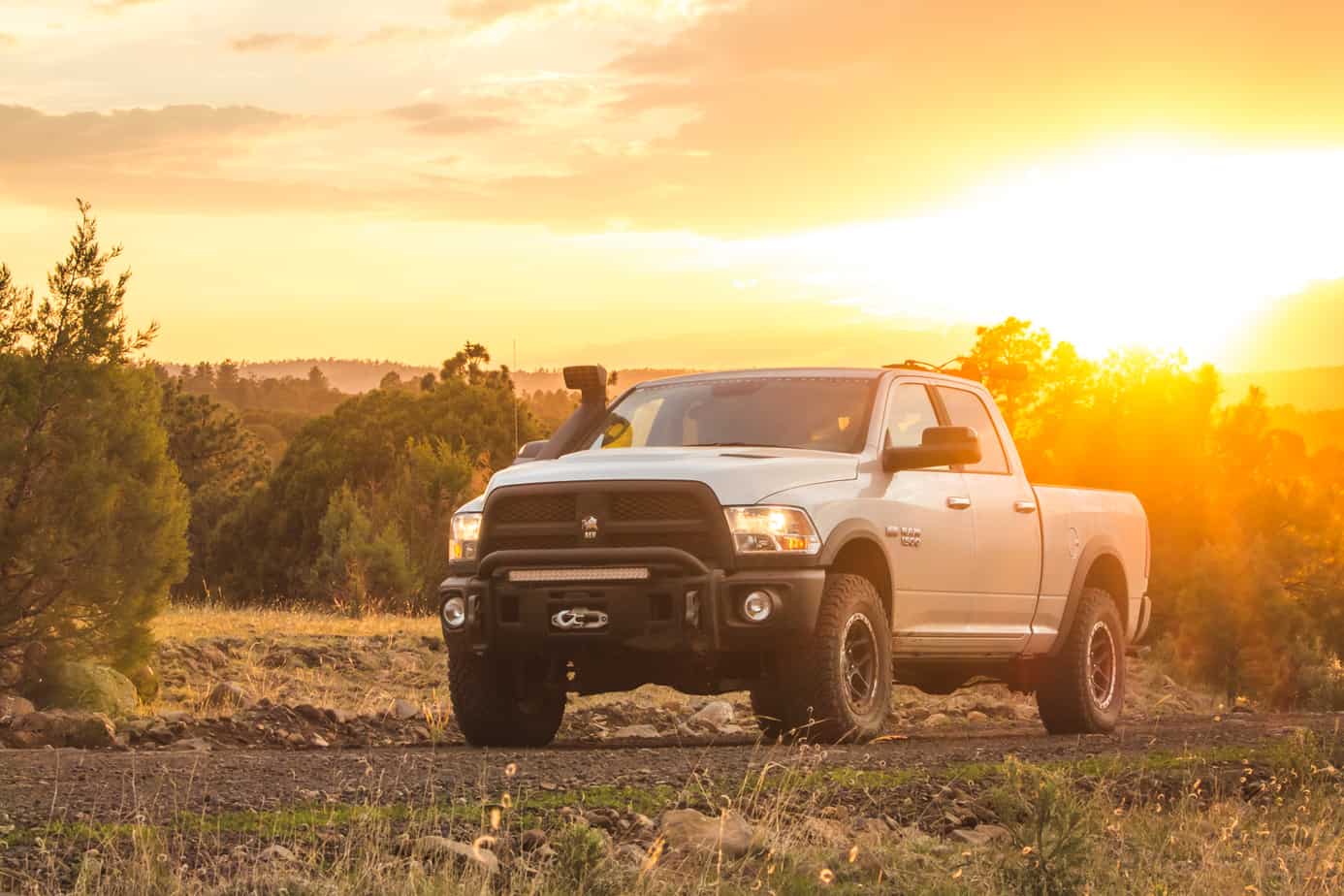

Where There’s Smoke…
After the previous night’s brilliant show, we had high hopes for a sunrise shoot. Everyone was out on the trail before dawn, but a mix of smoke and haze had filled the valley, and the warm colors we’d hoped for fell flat. Fortunately, there was a plan B.
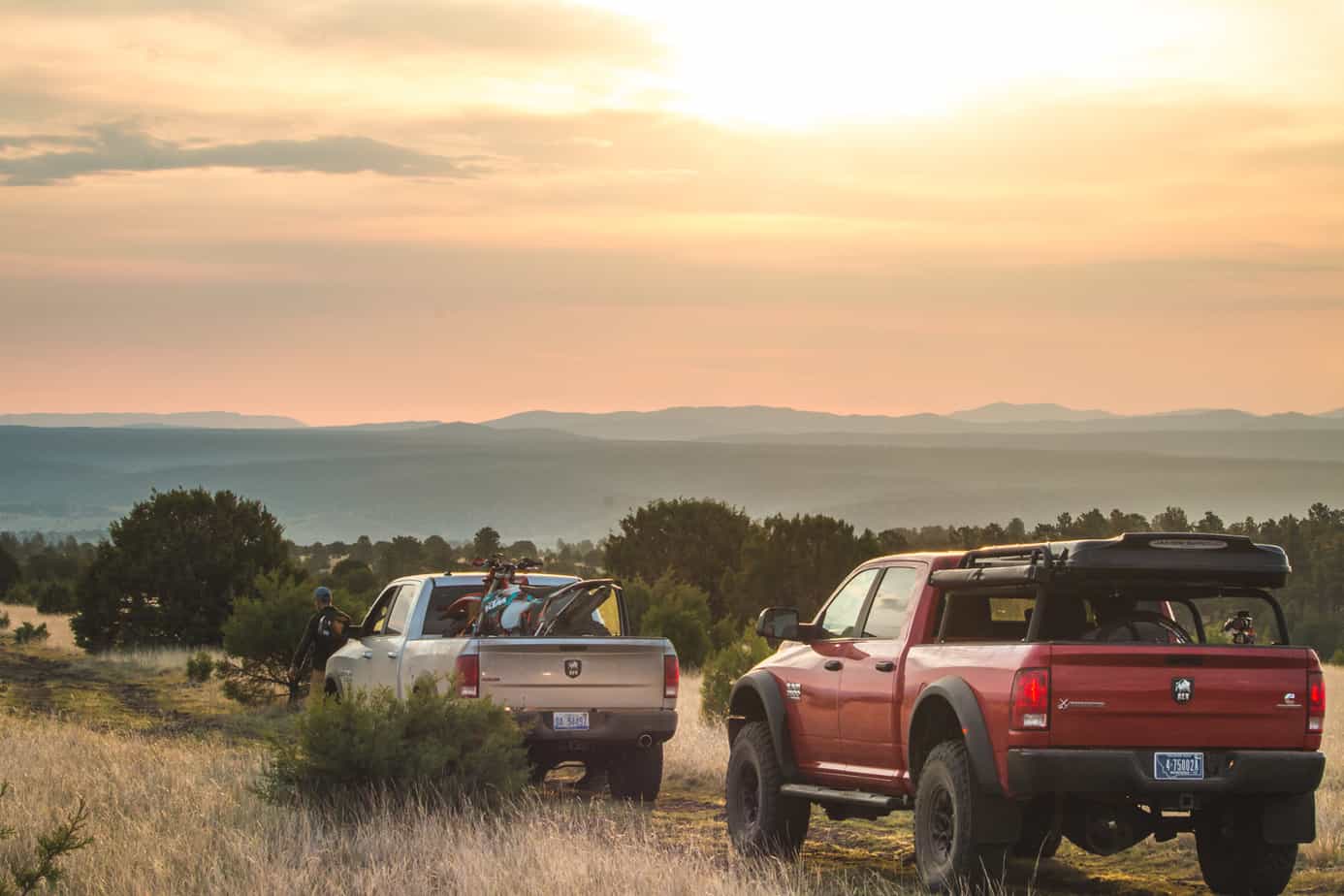



High above the Gila, perched on the mountaintops, are the forest’s guardian angels: fire lookouts. These towers are staffed by men and women who live in isolation up to months at a time, all the while scanning the horizon for a wisp of smoke or a sign of flame. Jake had arranged for us to tour the Lookout Mountain outpost that day, which sits at 8,878 feet above sea level, and is staffed by Mark Hedge, a schoolteacher from Truth or Consequences, NM. After a brief introduction and a few laughs, he invited us up.
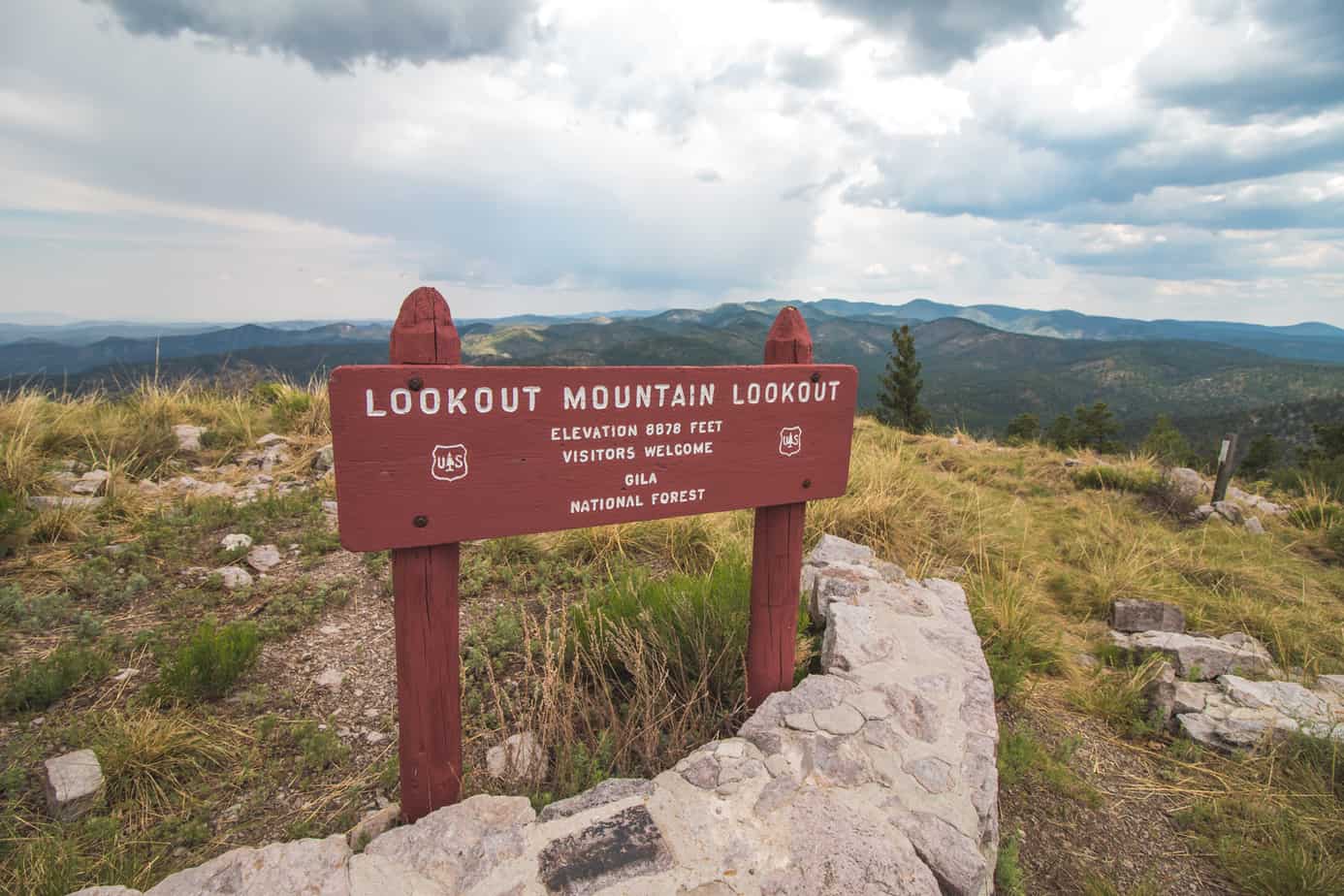


The stairs were narrow, and looking through the grate flooring down at the ground gave me a distinct sense of vertigo. Not the best time for my childhood fear of heights to return. I forced myself to shrug it off and kept climbing. From the top platform, we could see miles in every direction. Plumes of smoke rose from the fire causing our TFR in the distance, and the station’s radio chattered with information from ground teams and other lookouts coordinating their efforts. It was quite the operation, but stepping inside the tower I was immediately struck by its simplicity. A sleeping bag and basic bed sat against one wall, a counter stacked high with books and notepads lay against the other. There were no fancy screens, scopes, or other technology; just a large map, a radio, and an Osborne Fire Finder—the same equipment that’s been in use with the USFS since 1915.


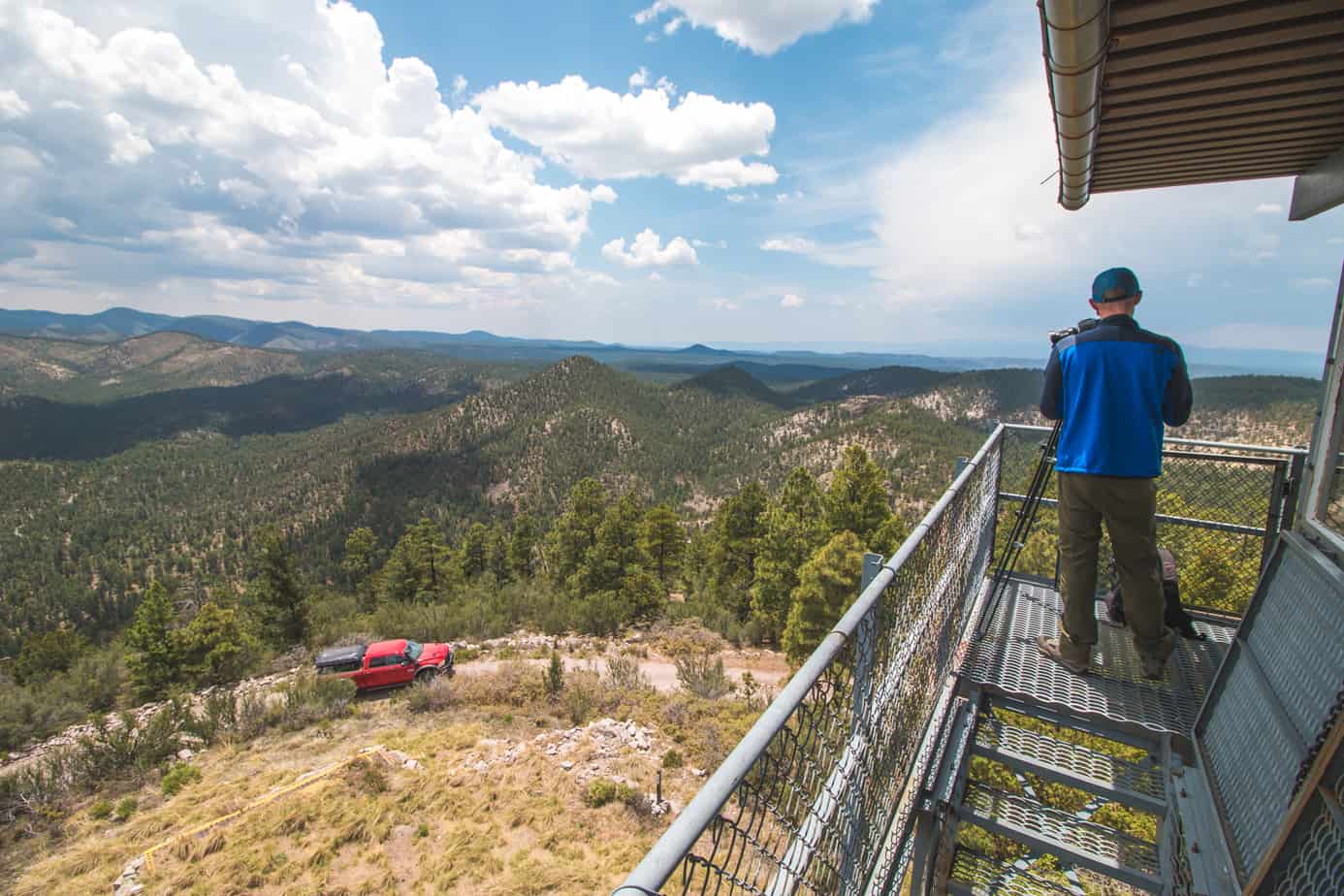
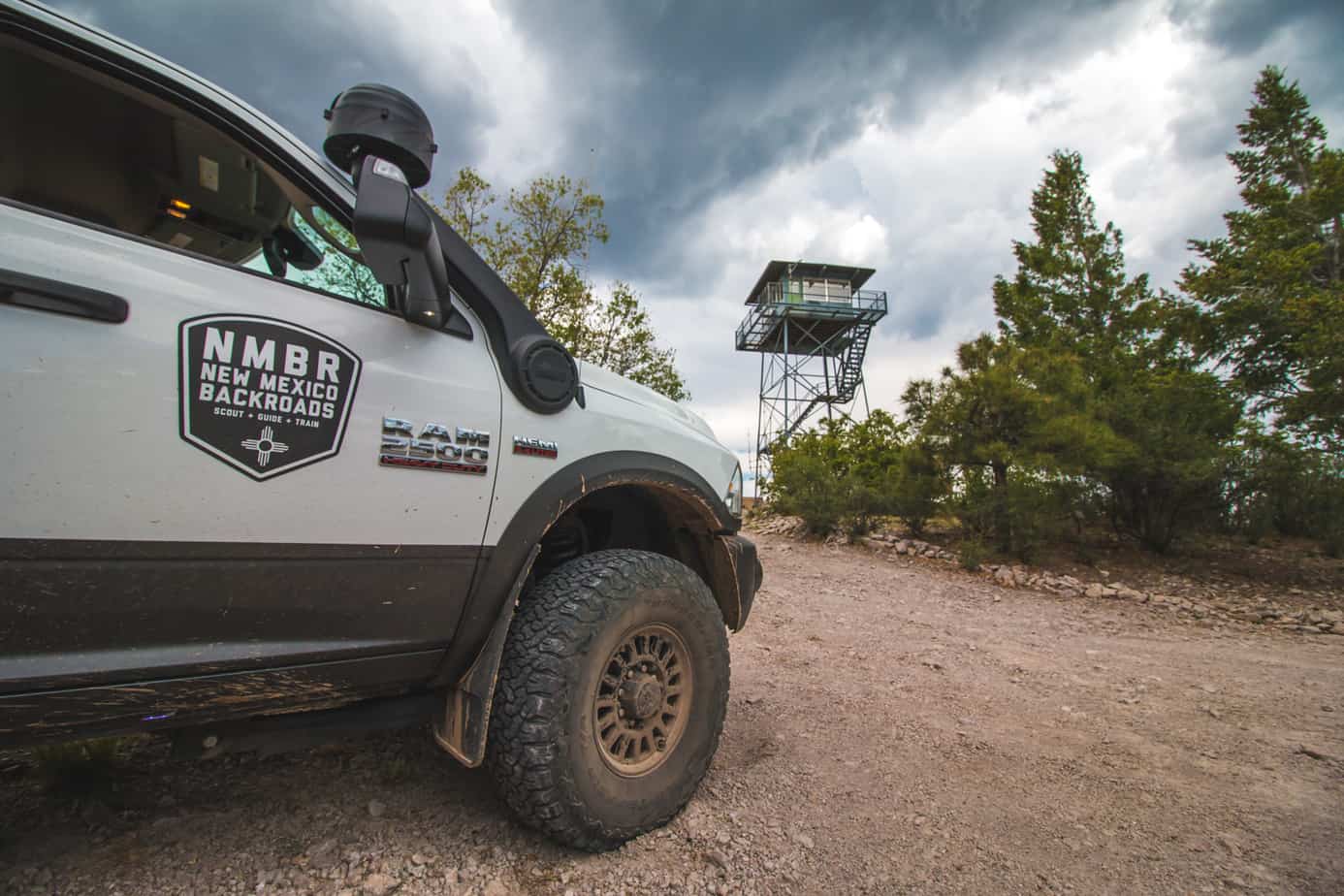
As we stared on in admiration, Mark began to explain the process of sighting in the Osborne finder, and then triangulating the fire’s position by connecting landmarks and other towers with nothing but pins and string on paper maps. It was a thing of beauty, and I started to feel very nostalgic about the old tower, wondering what it would be like to live there for a season. Of course, I didn’t have to look hard for the answer. It was right there in front of me, painted in the satisfied expression on Mark’s face.
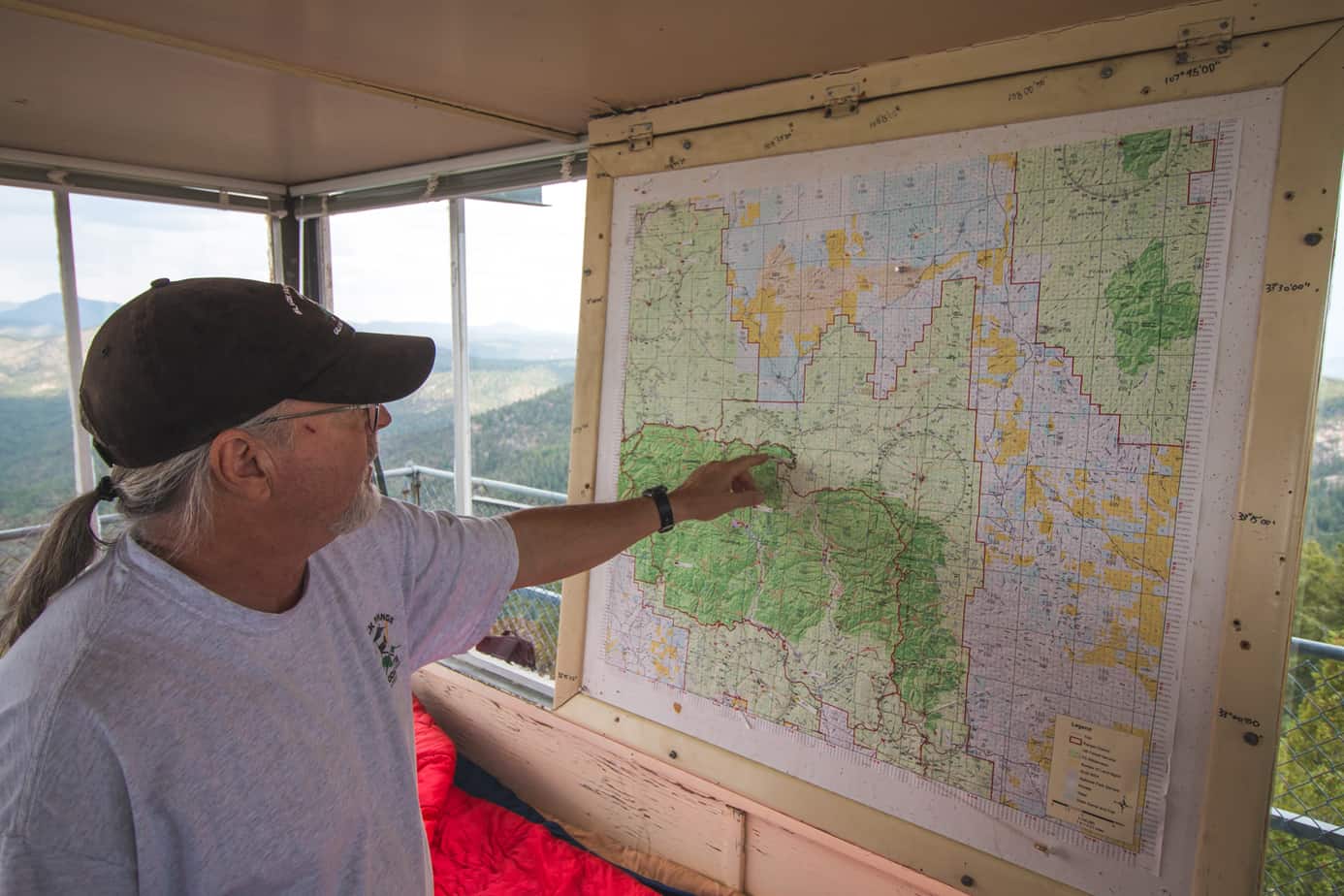
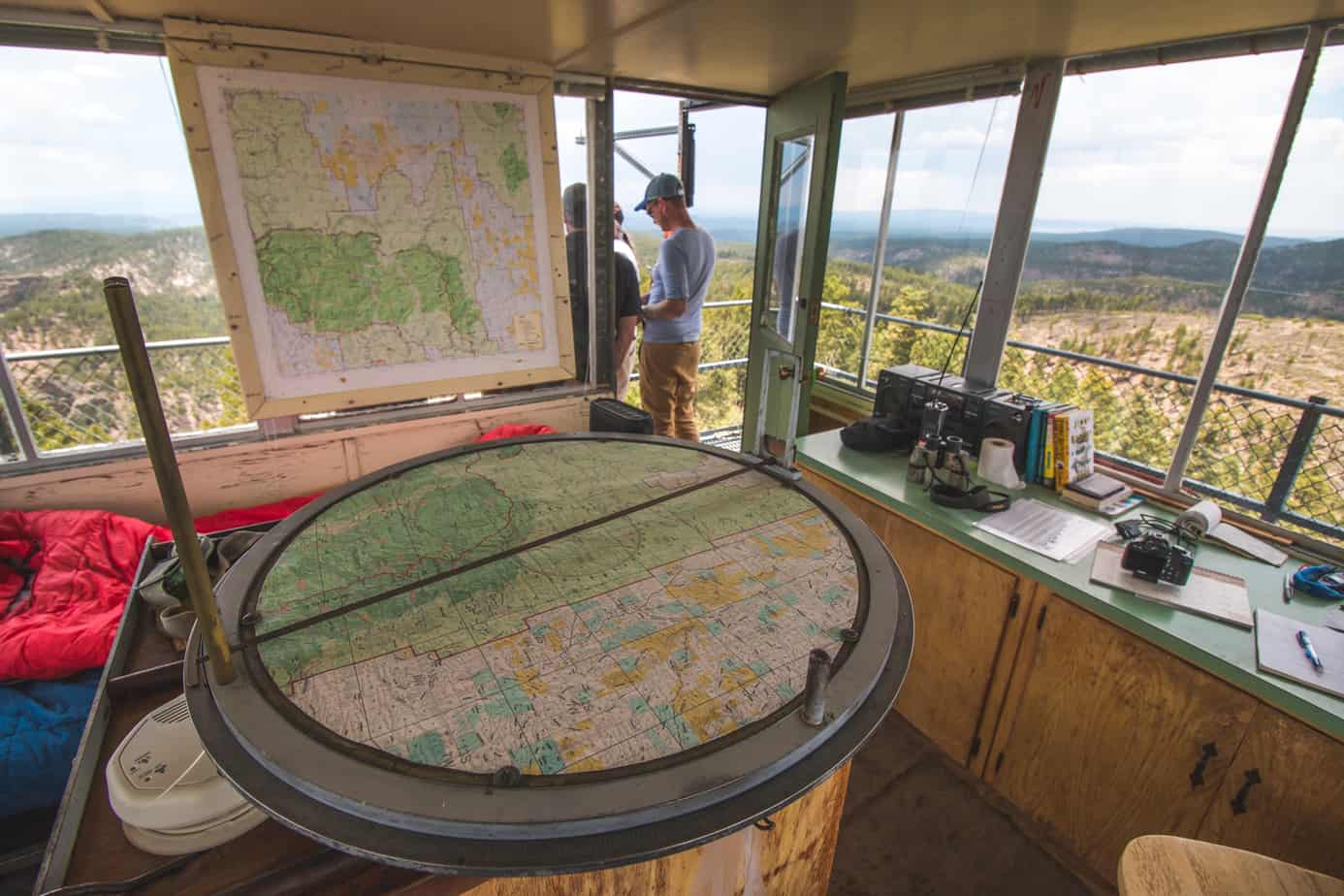



 The group made camp that evening in a nearby valley flanked by high rock walls. It had once been a hideout for the famous Apache leader Geronimo, but now it lay silent, a perfect retreat for our final night in the Gila. As we sat around the propane fire talking of the forest, future trips, and the photos we’d captured, it struck me that this was the adventure behind the advertisement; we were living it. Months from now when AEV’s images went to print, I’d be able to look back and remember those days on the road. I wondered if anyone would guess the real story behind our journey: crazy hogs, a sunset to end all sunsets, and a bunch of guys trying to set up the perfect camp scene. I suppose it doesn’t really matter. At the end of the day, our story is the same one told through the pictures—just a group of guys enjoying some of the best trails and camping New Mexico has to offer, courtesy of the AEV trucks used to get them there.
The group made camp that evening in a nearby valley flanked by high rock walls. It had once been a hideout for the famous Apache leader Geronimo, but now it lay silent, a perfect retreat for our final night in the Gila. As we sat around the propane fire talking of the forest, future trips, and the photos we’d captured, it struck me that this was the adventure behind the advertisement; we were living it. Months from now when AEV’s images went to print, I’d be able to look back and remember those days on the road. I wondered if anyone would guess the real story behind our journey: crazy hogs, a sunset to end all sunsets, and a bunch of guys trying to set up the perfect camp scene. I suppose it doesn’t really matter. At the end of the day, our story is the same one told through the pictures—just a group of guys enjoying some of the best trails and camping New Mexico has to offer, courtesy of the AEV trucks used to get them there.


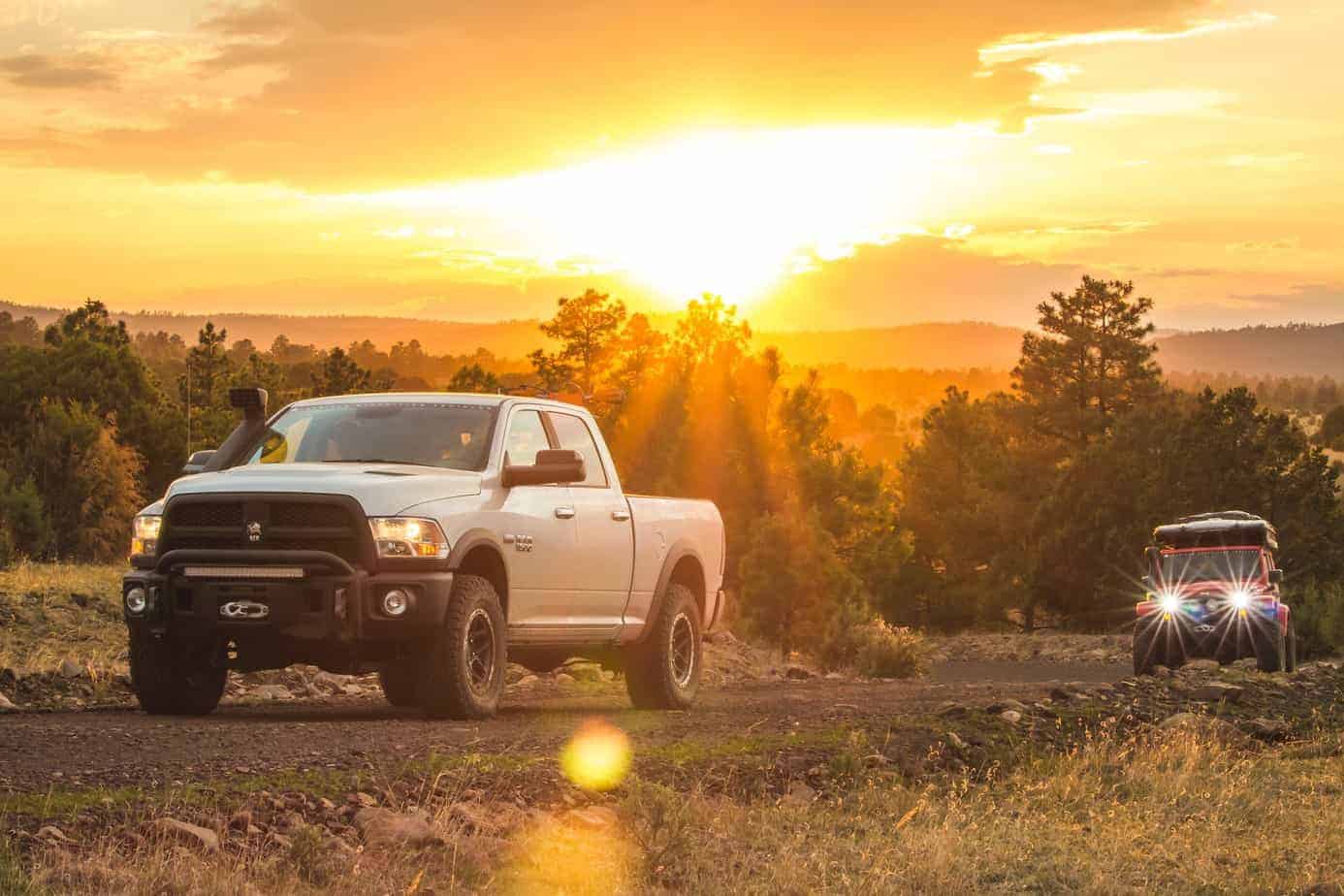

2 Comments
Dennis
February 7th, 2019 at 6:12 pmMight want to check the date on the shootout in Reserve. Probably 1884, rather than 1844.
Dale
February 8th, 2019 at 8:38 pmChris,
Very impressive writeup! I’ve never really traveled through New Mexico. Will have to see if I can convince Wifey to head down there and spend some time on the NMBDR soon.
Keep up the good work.
Dale